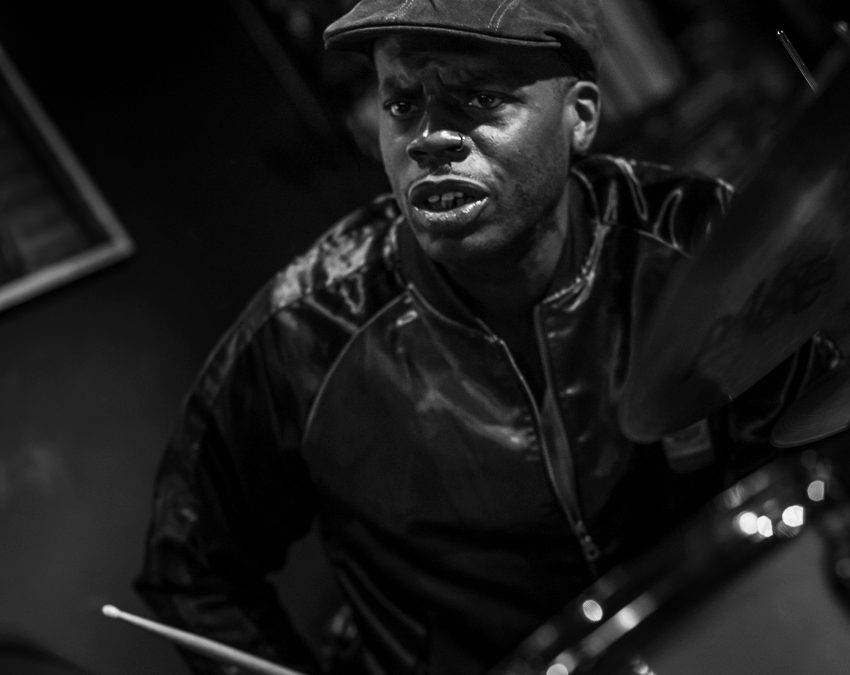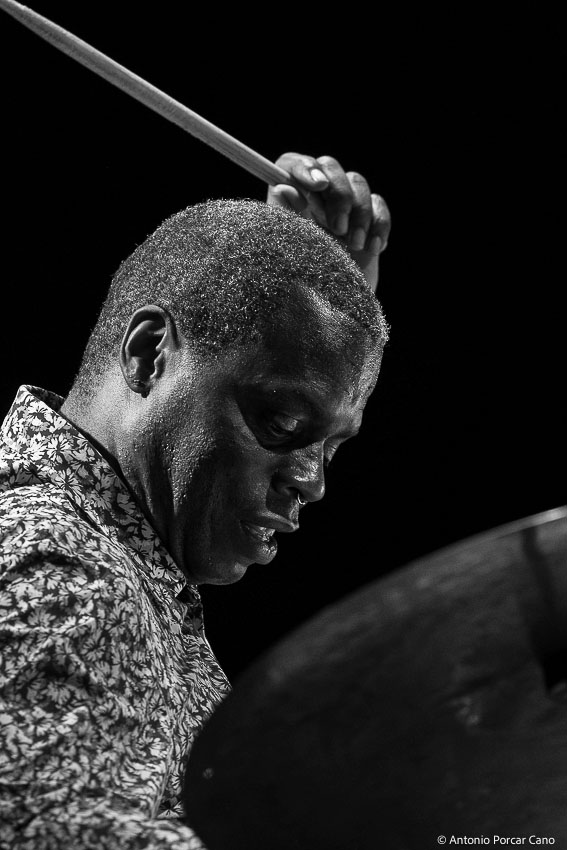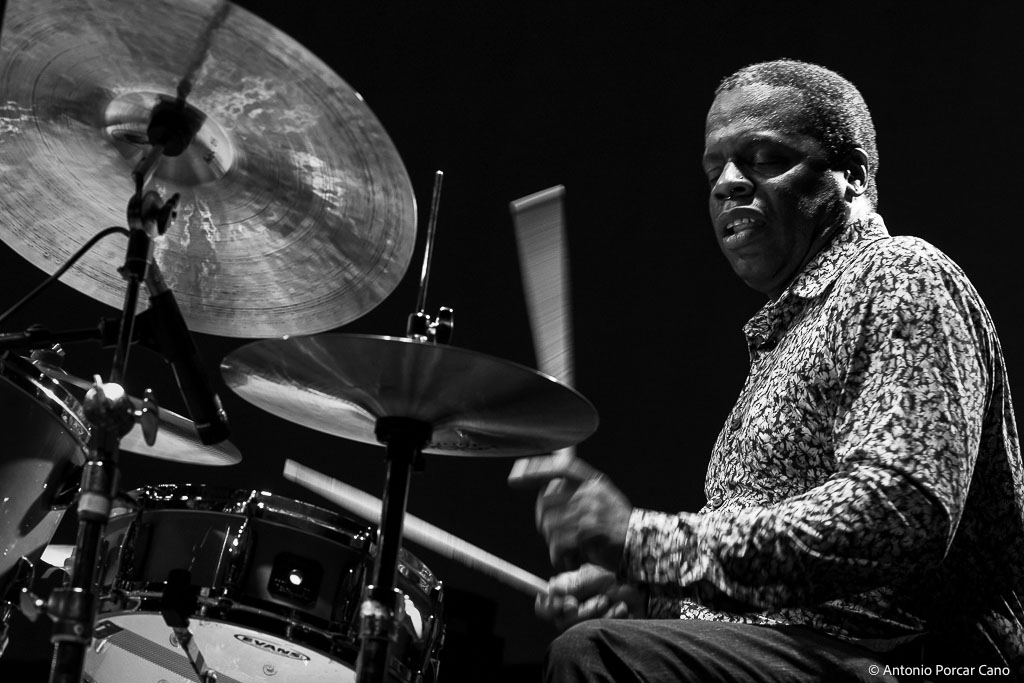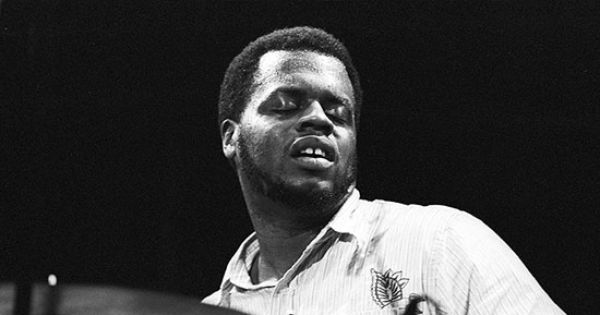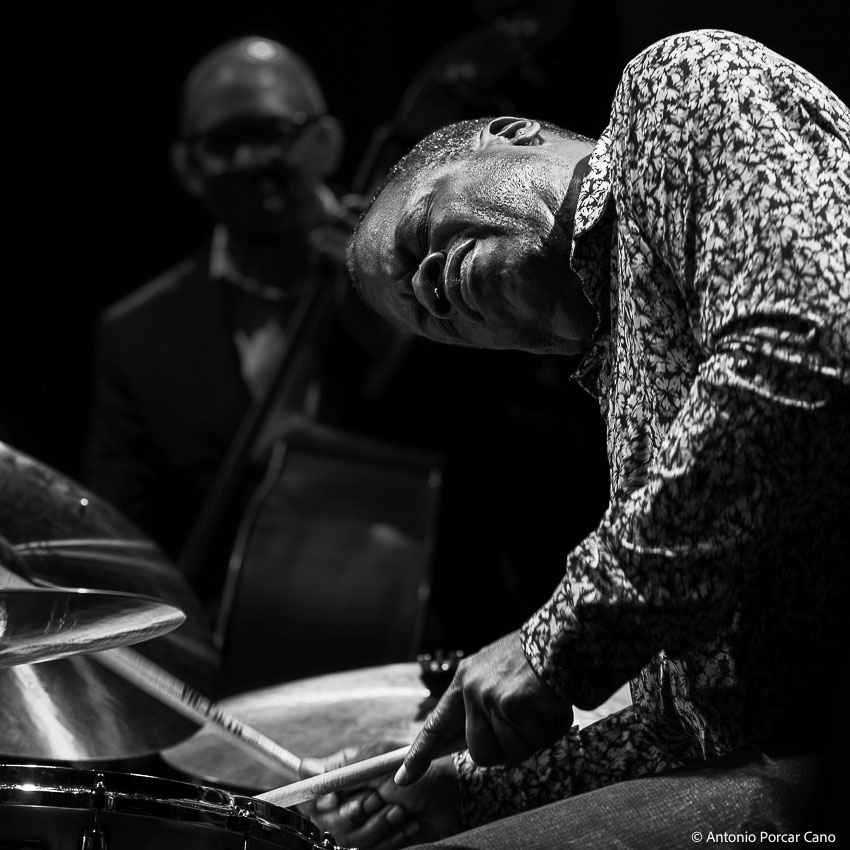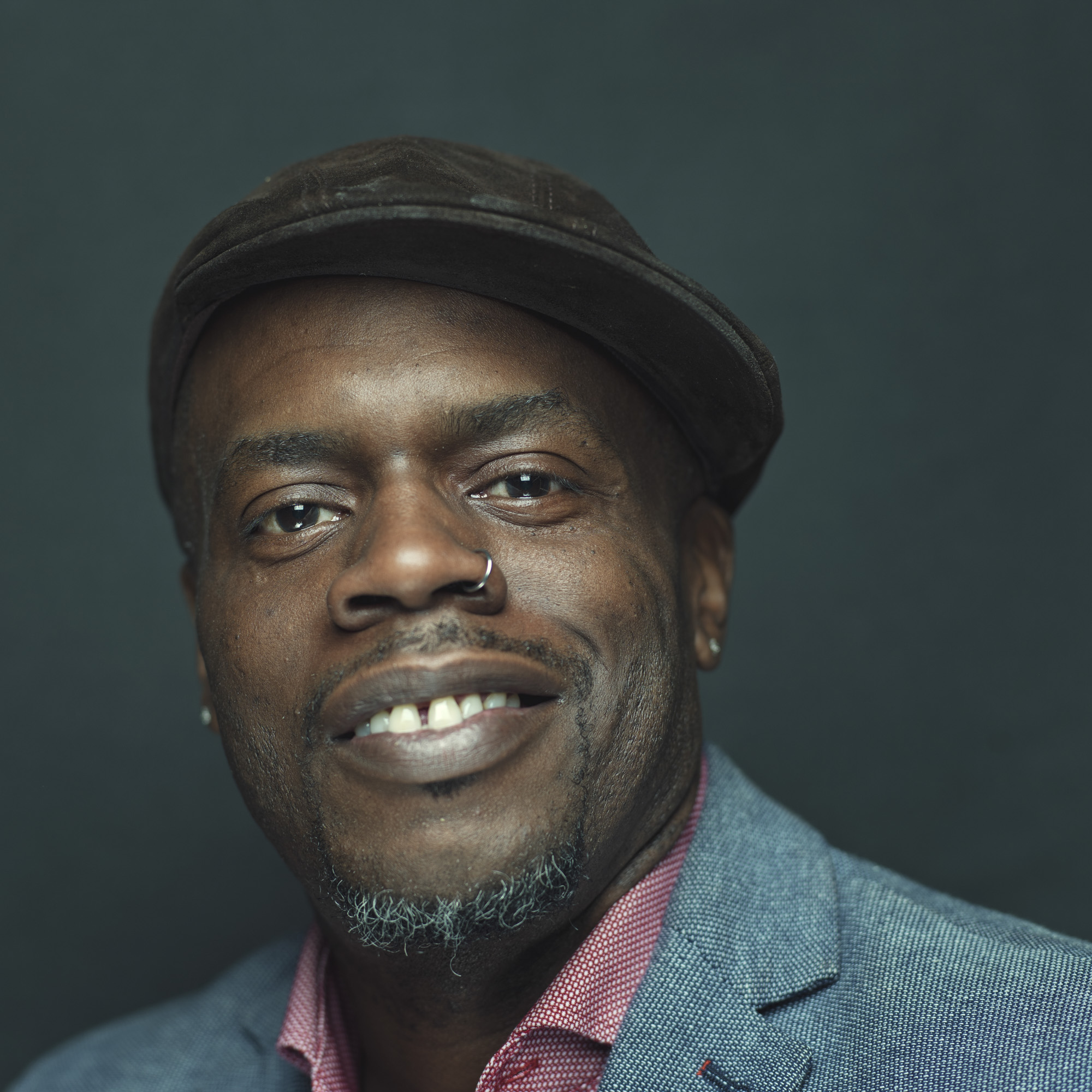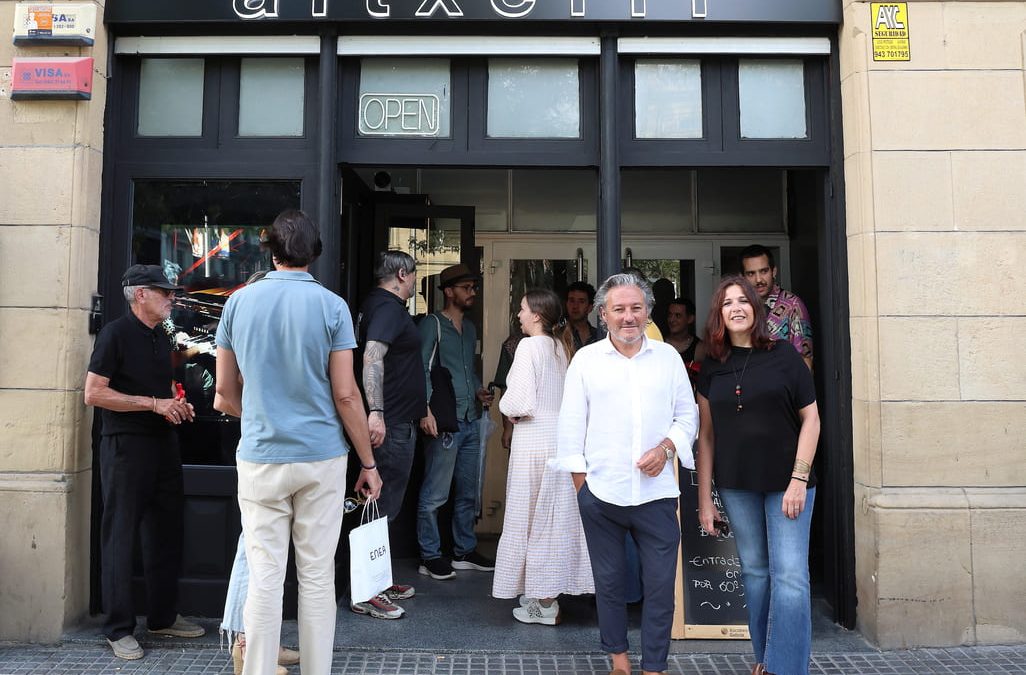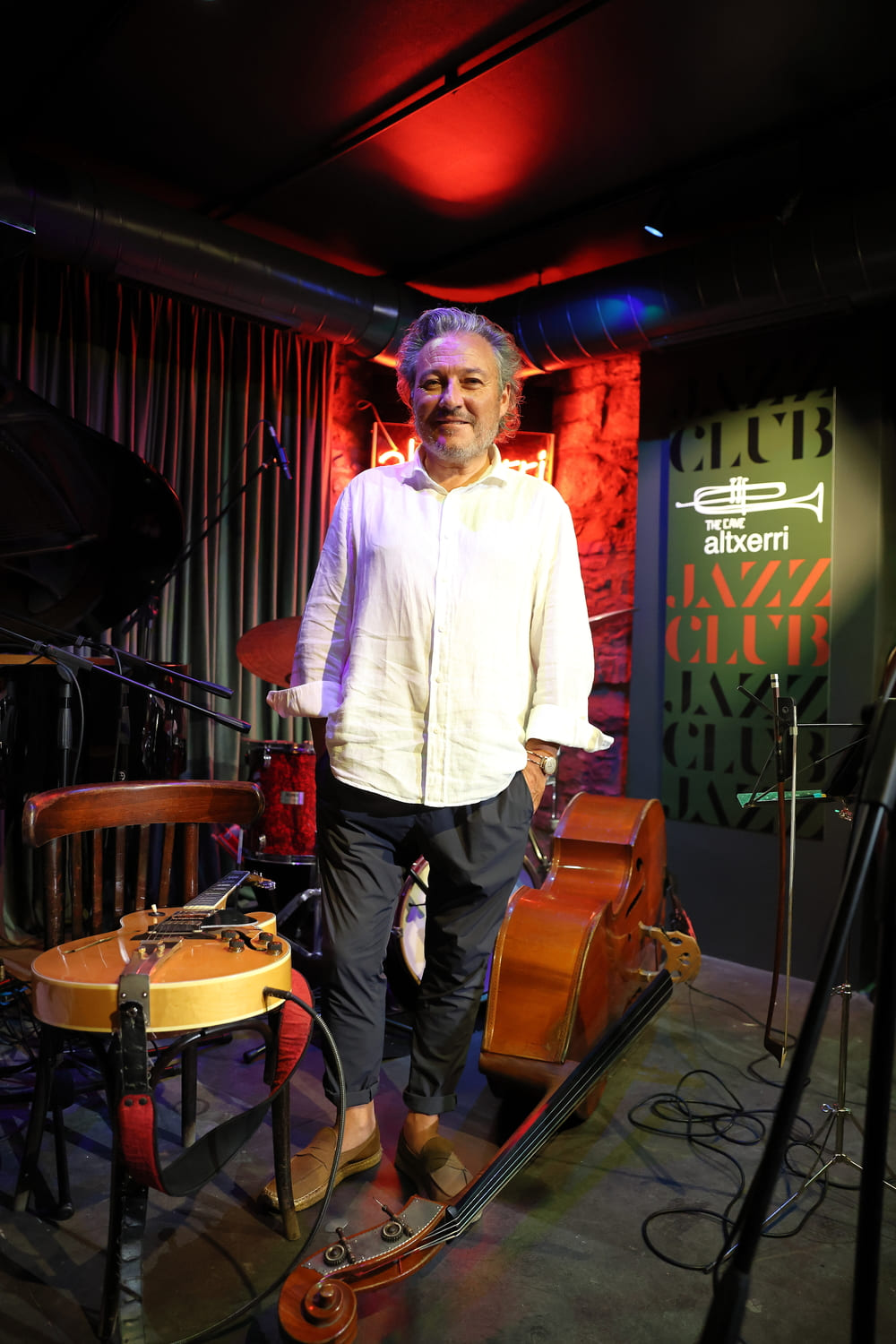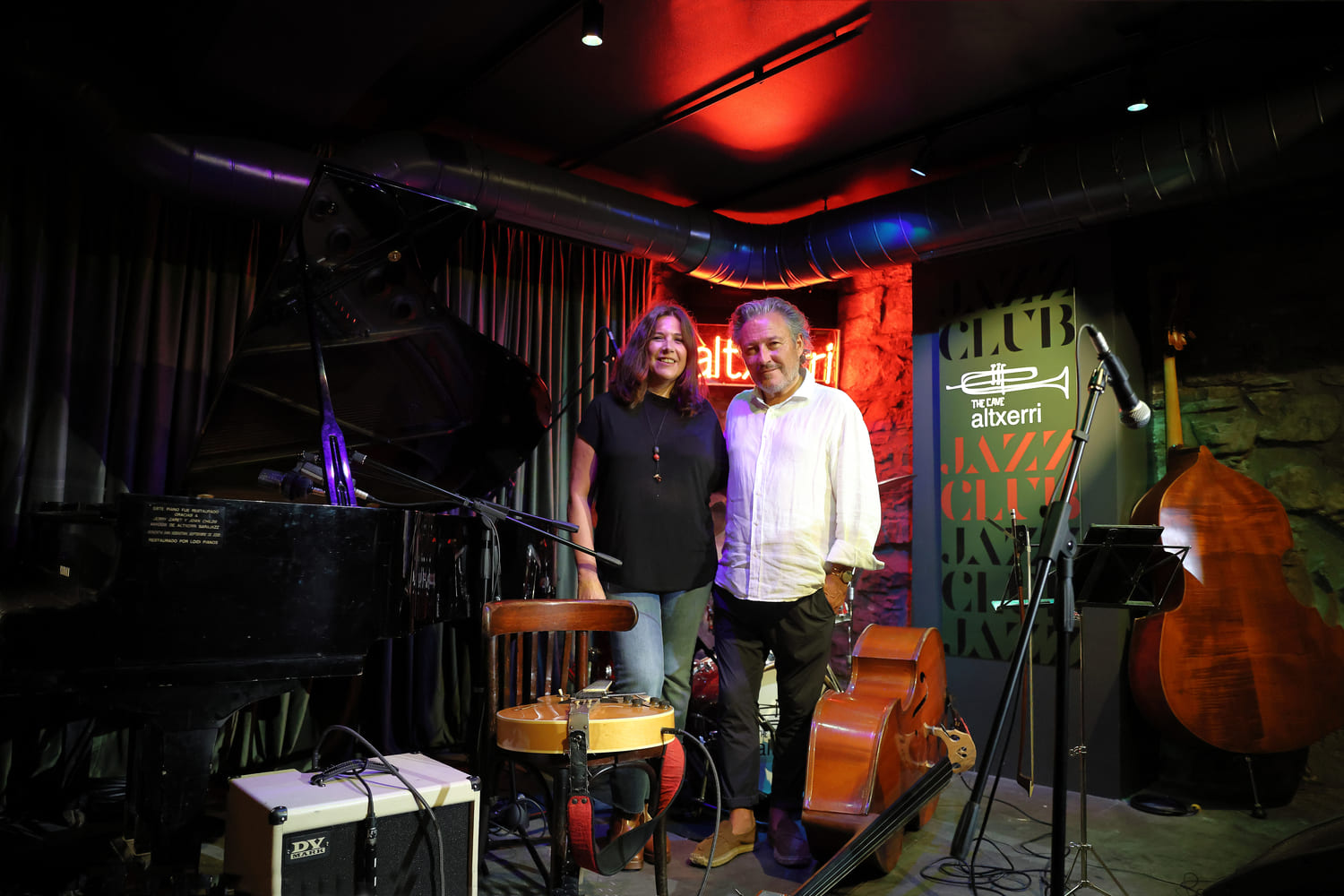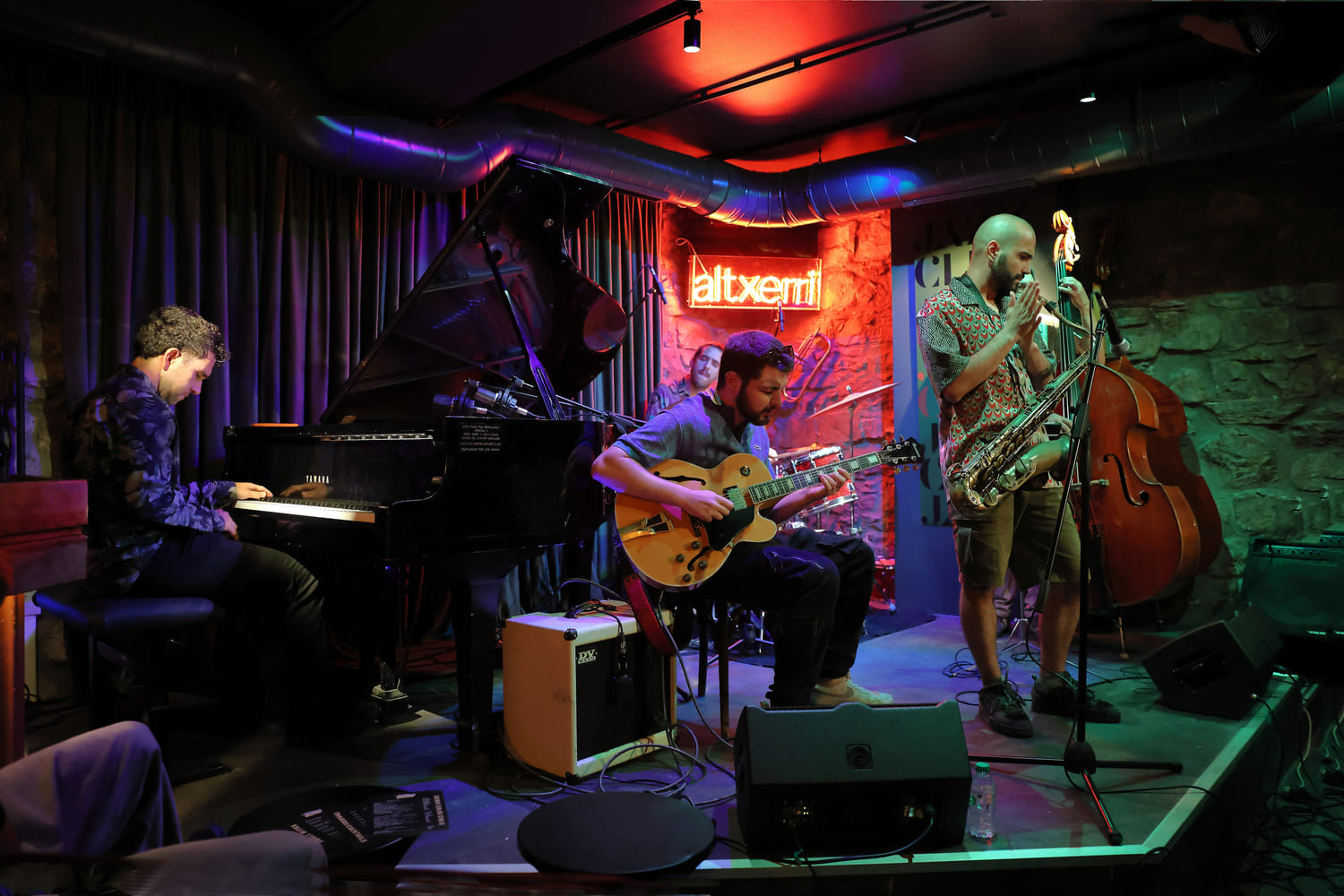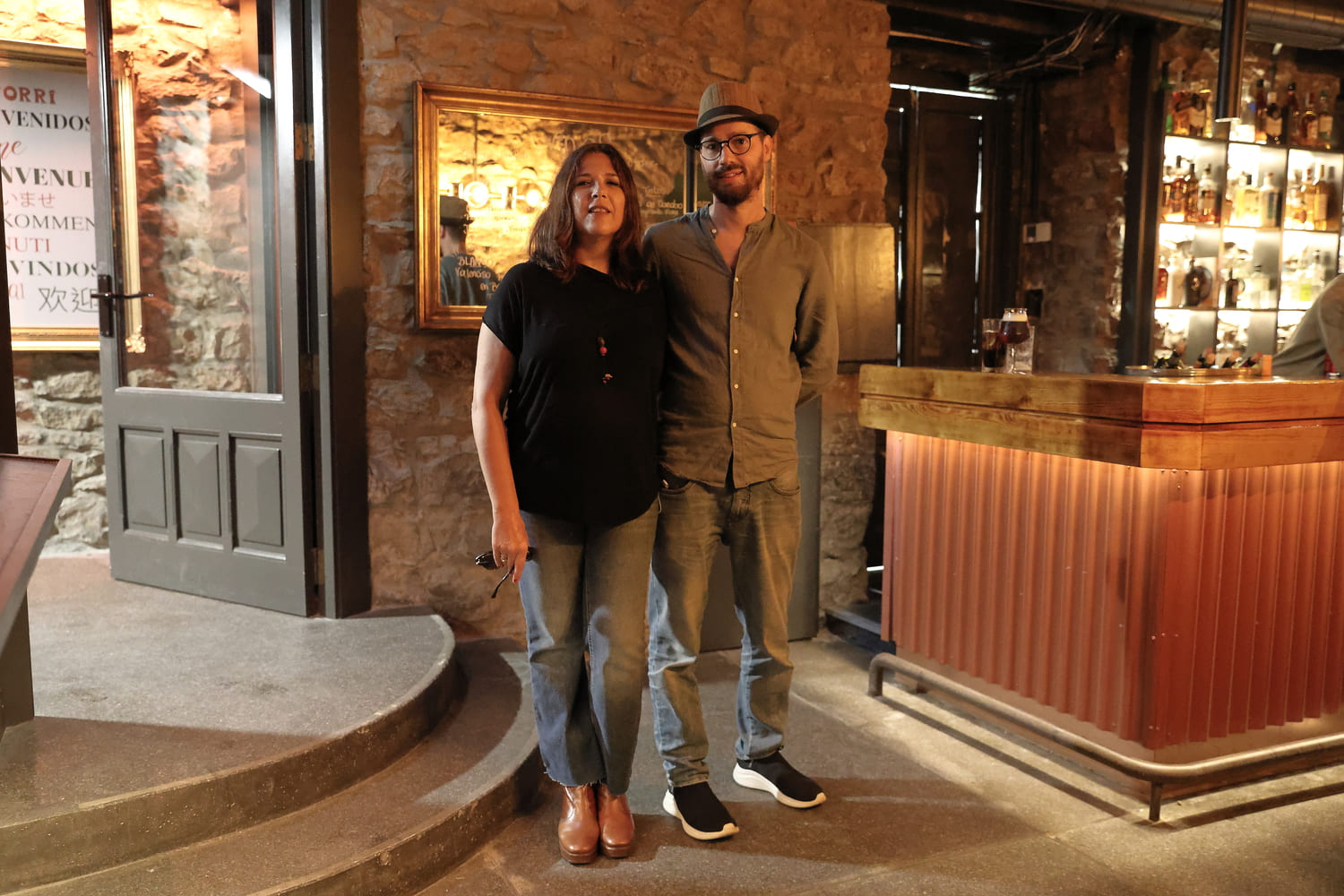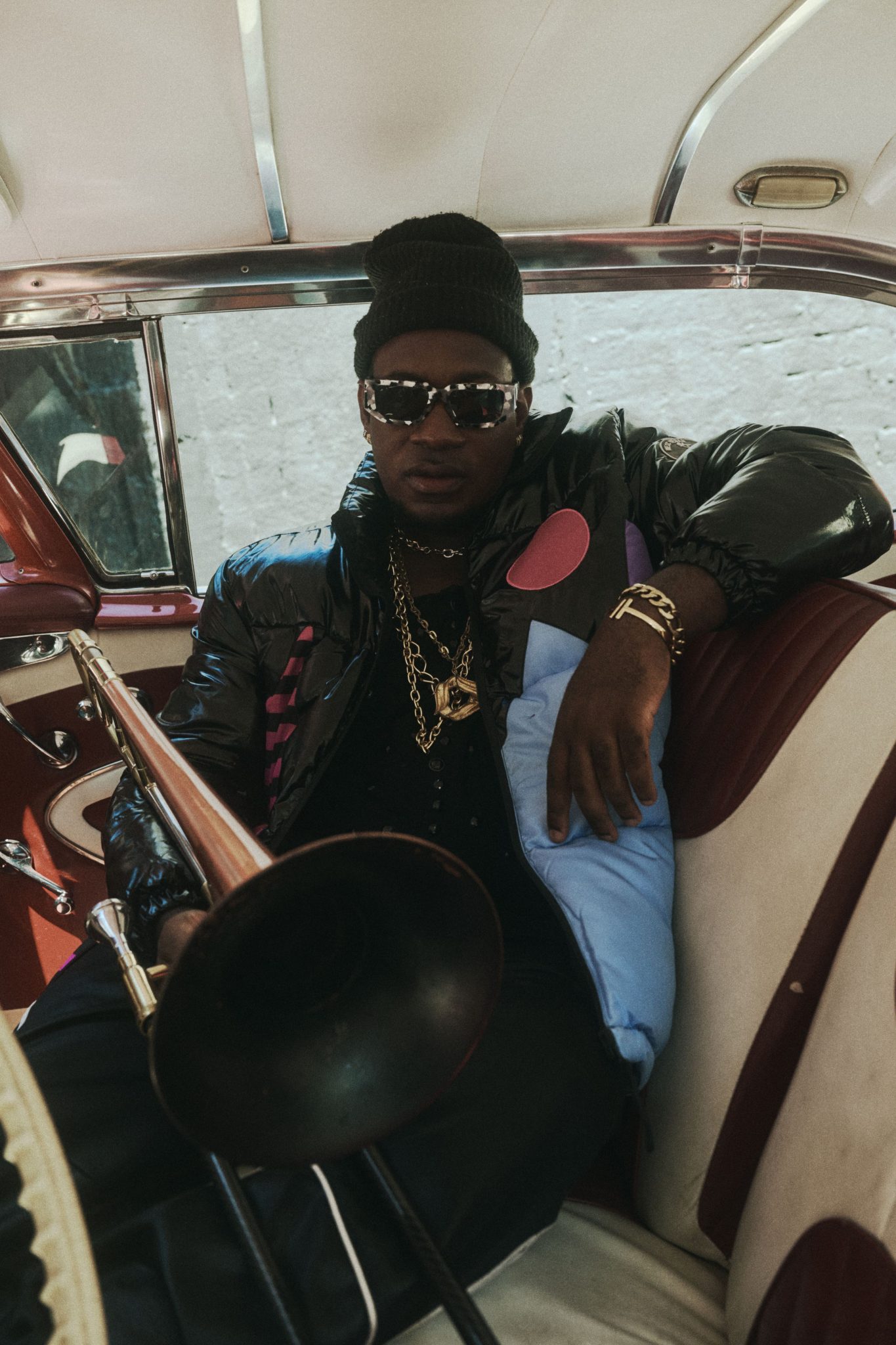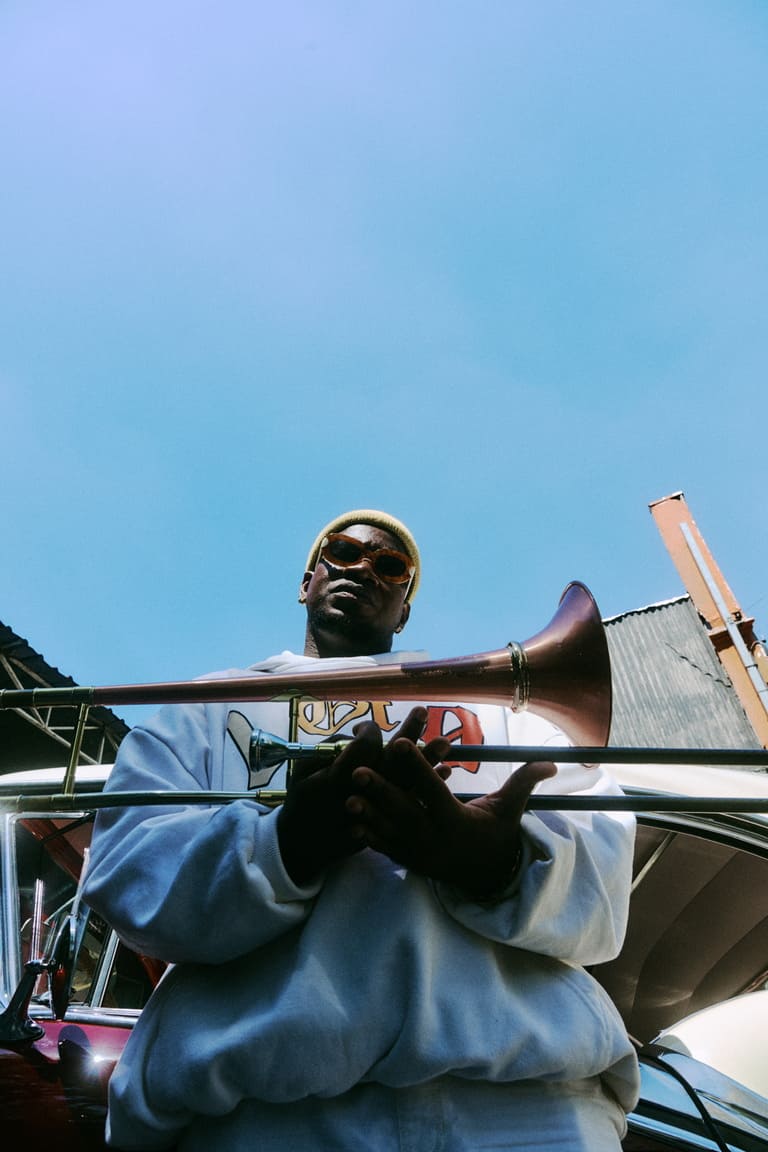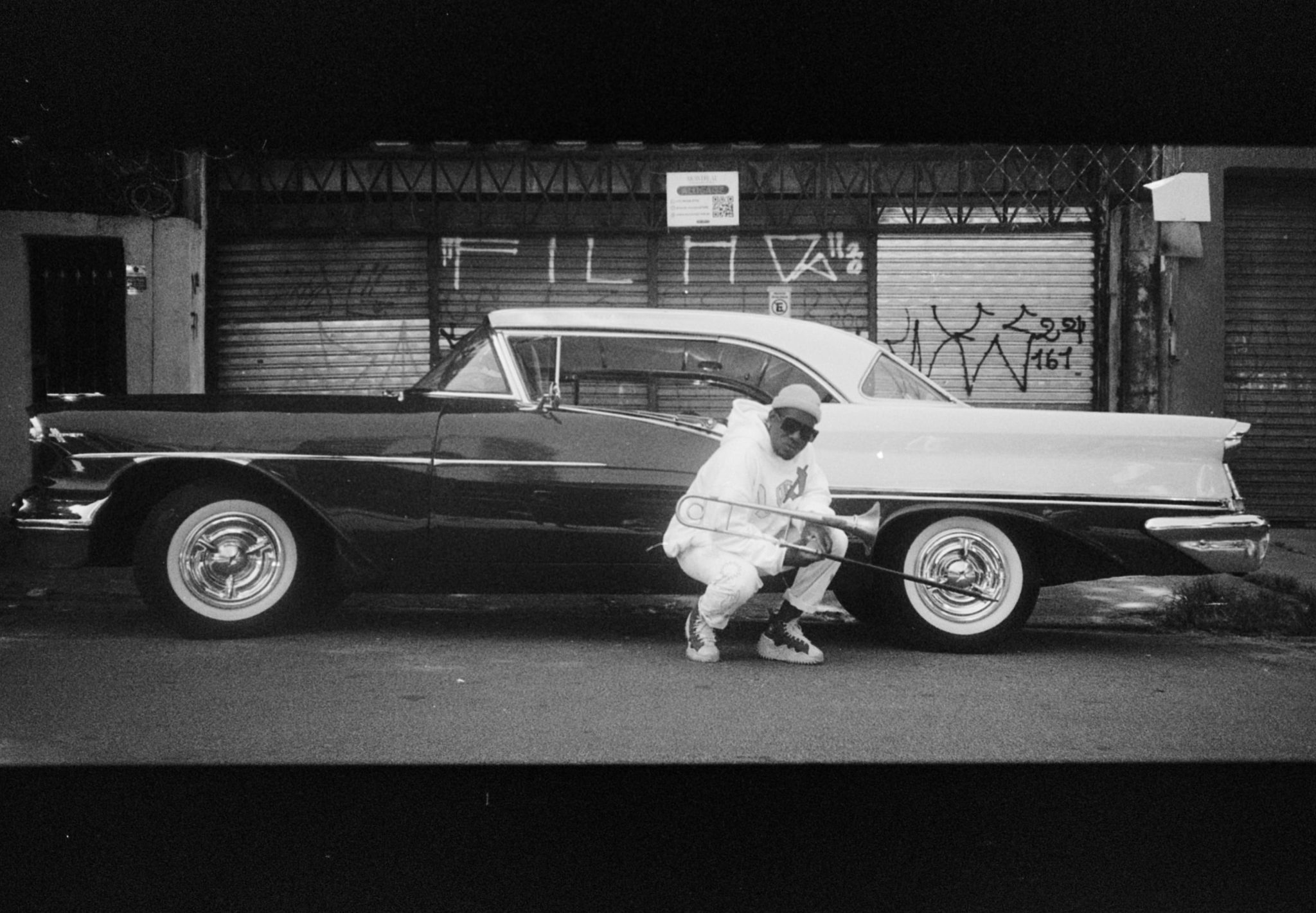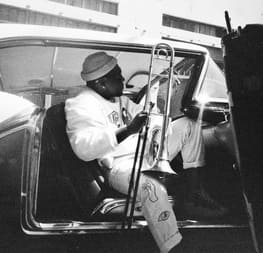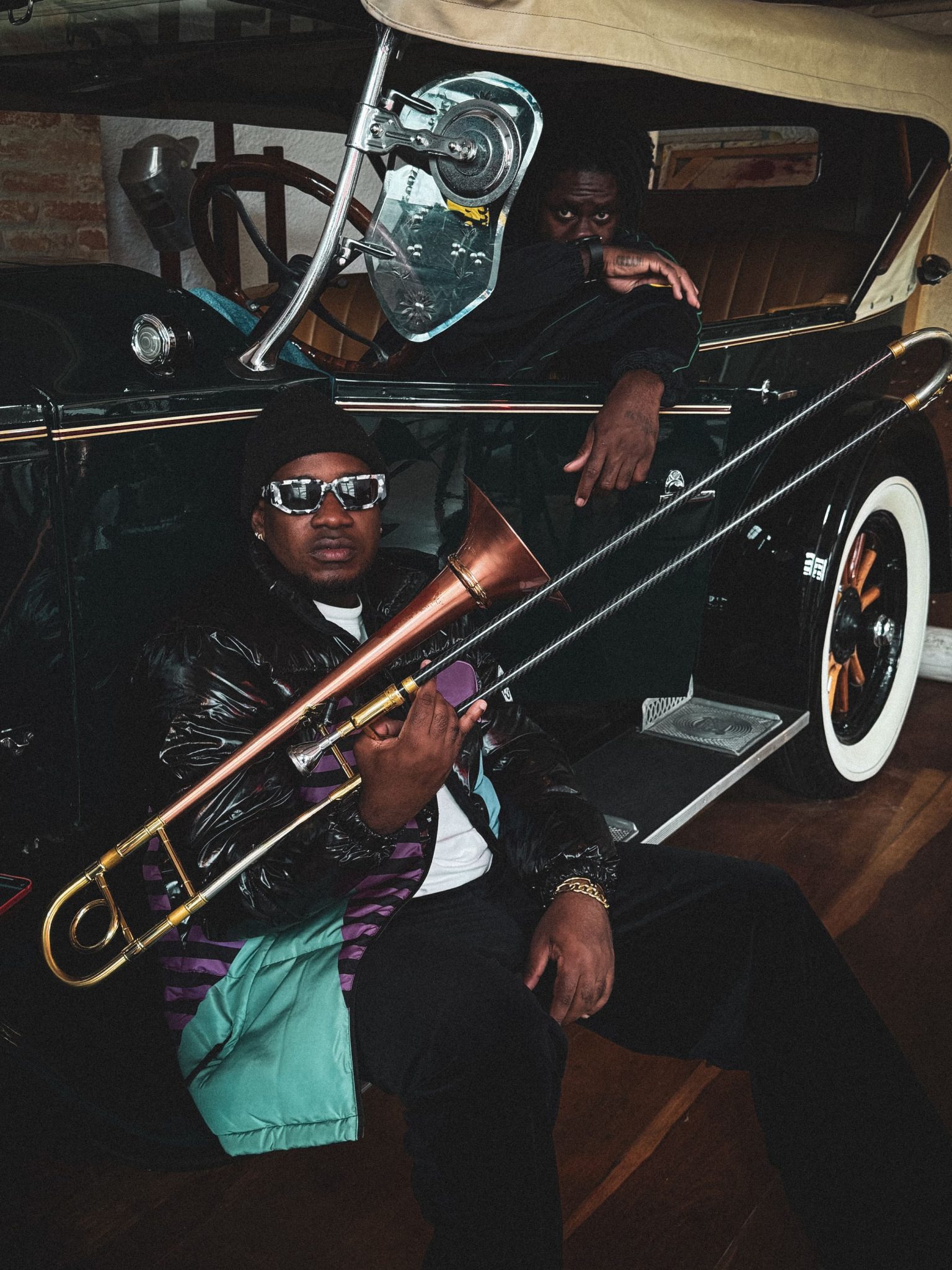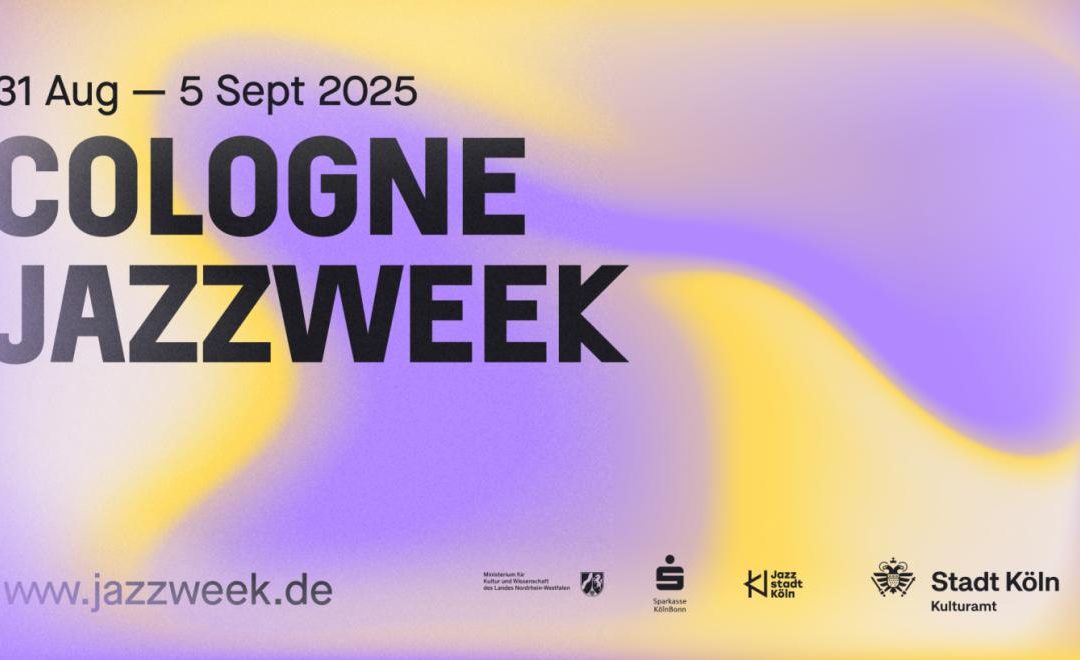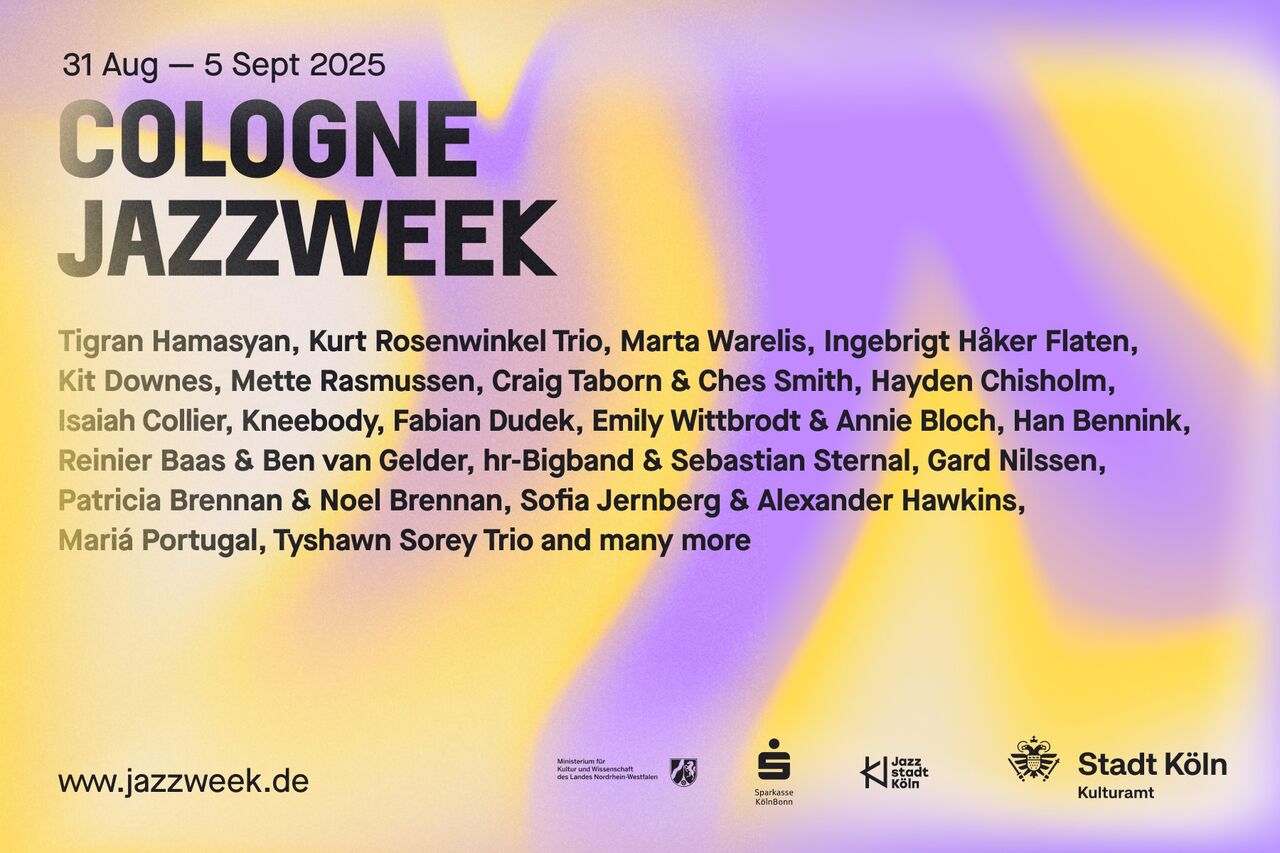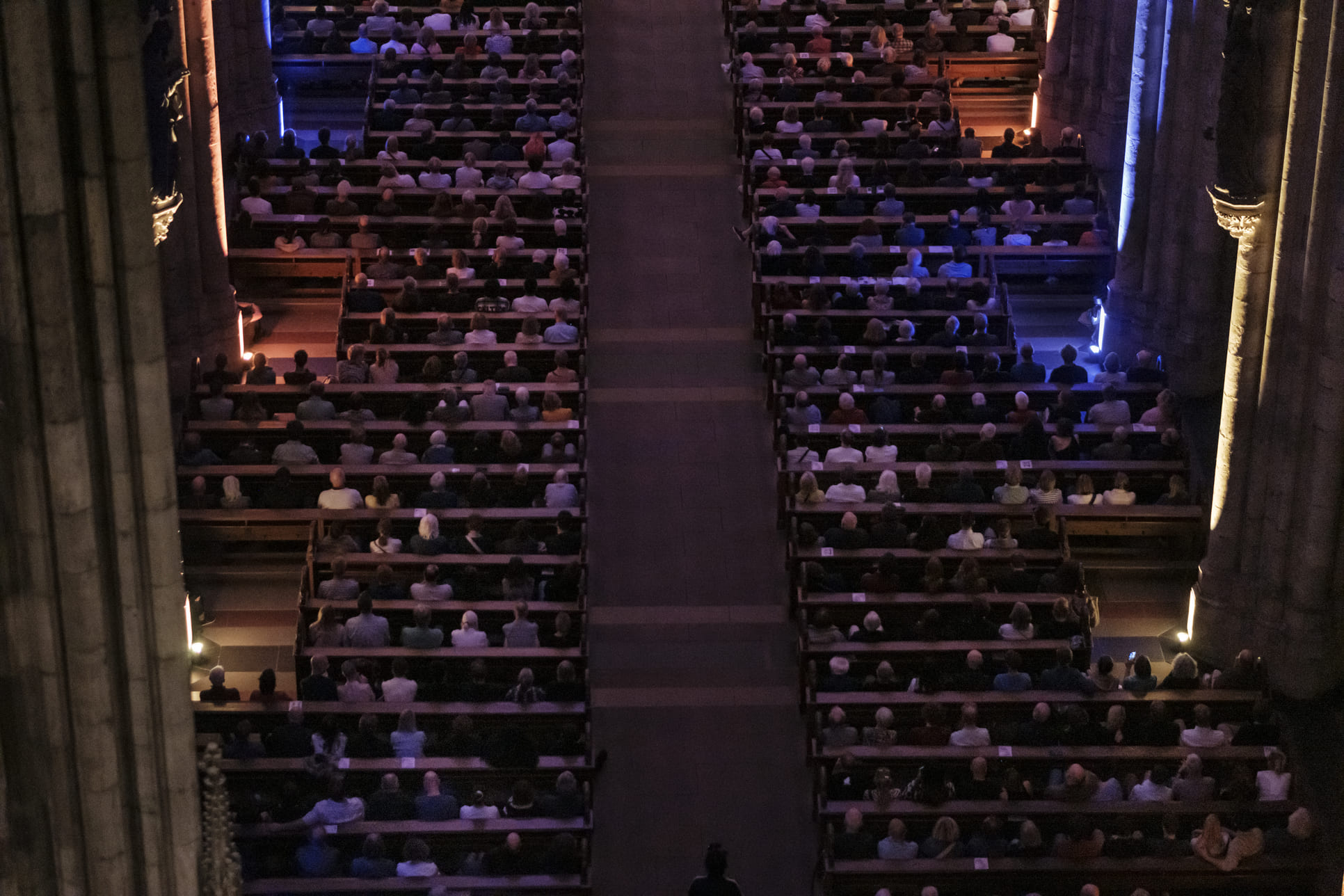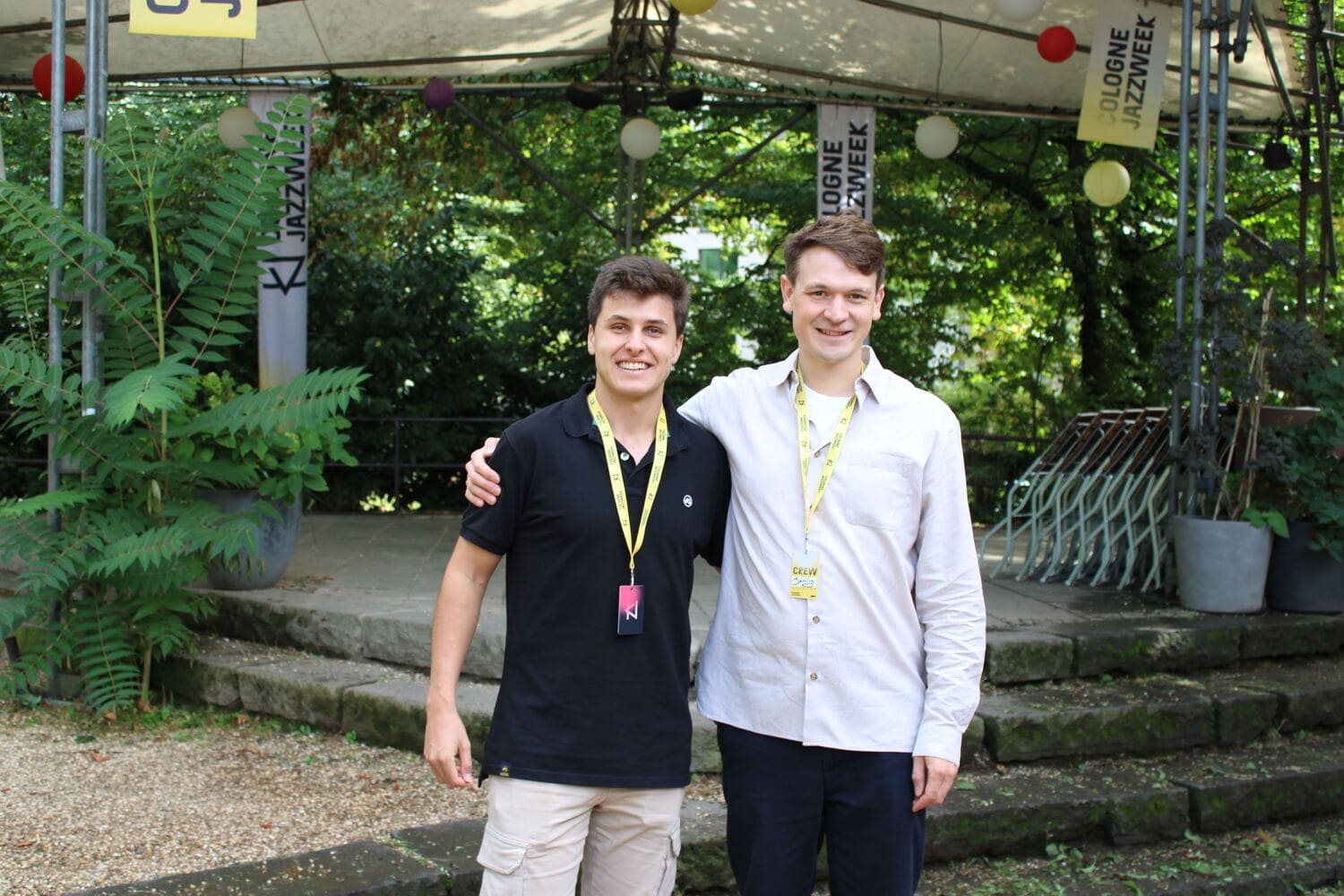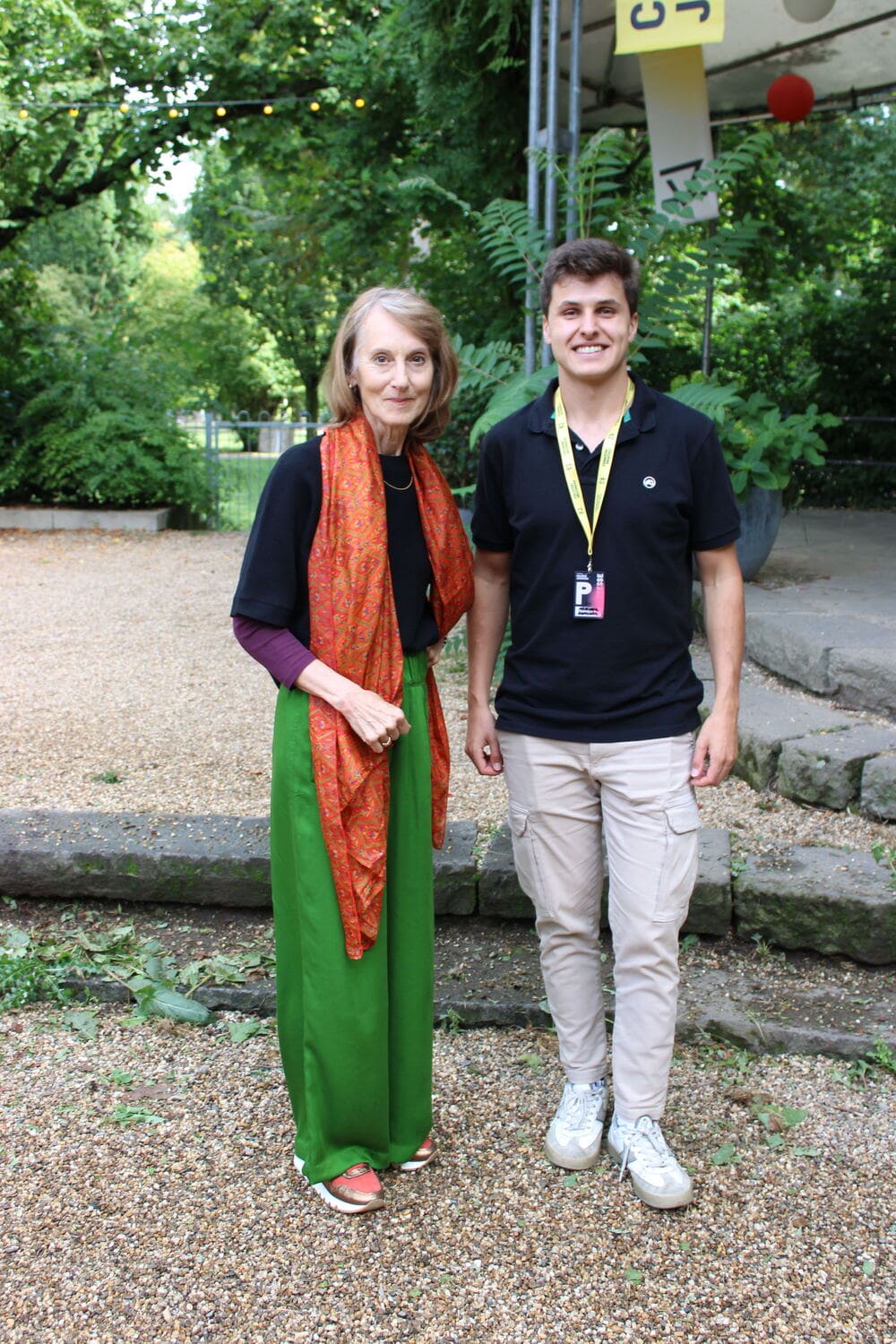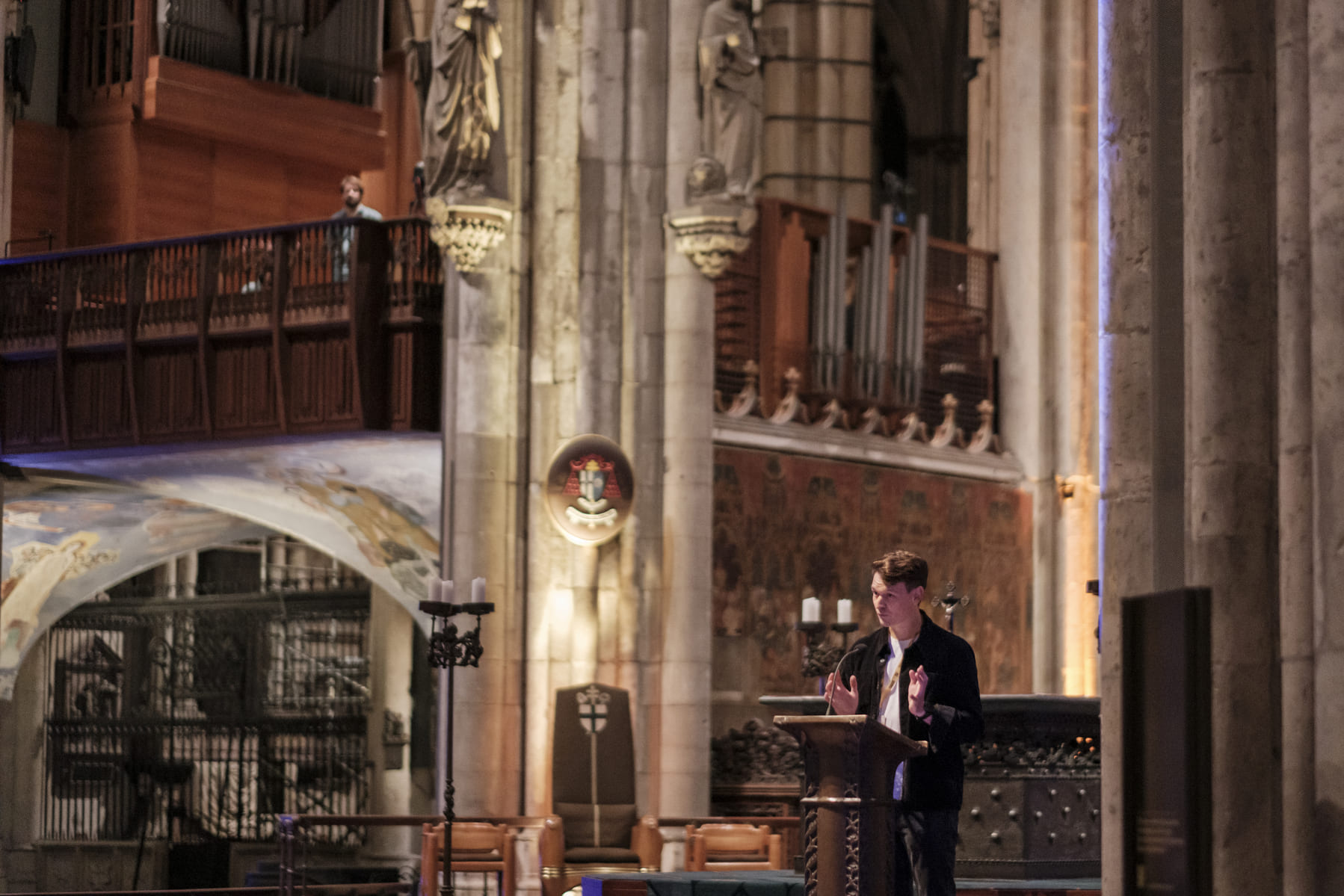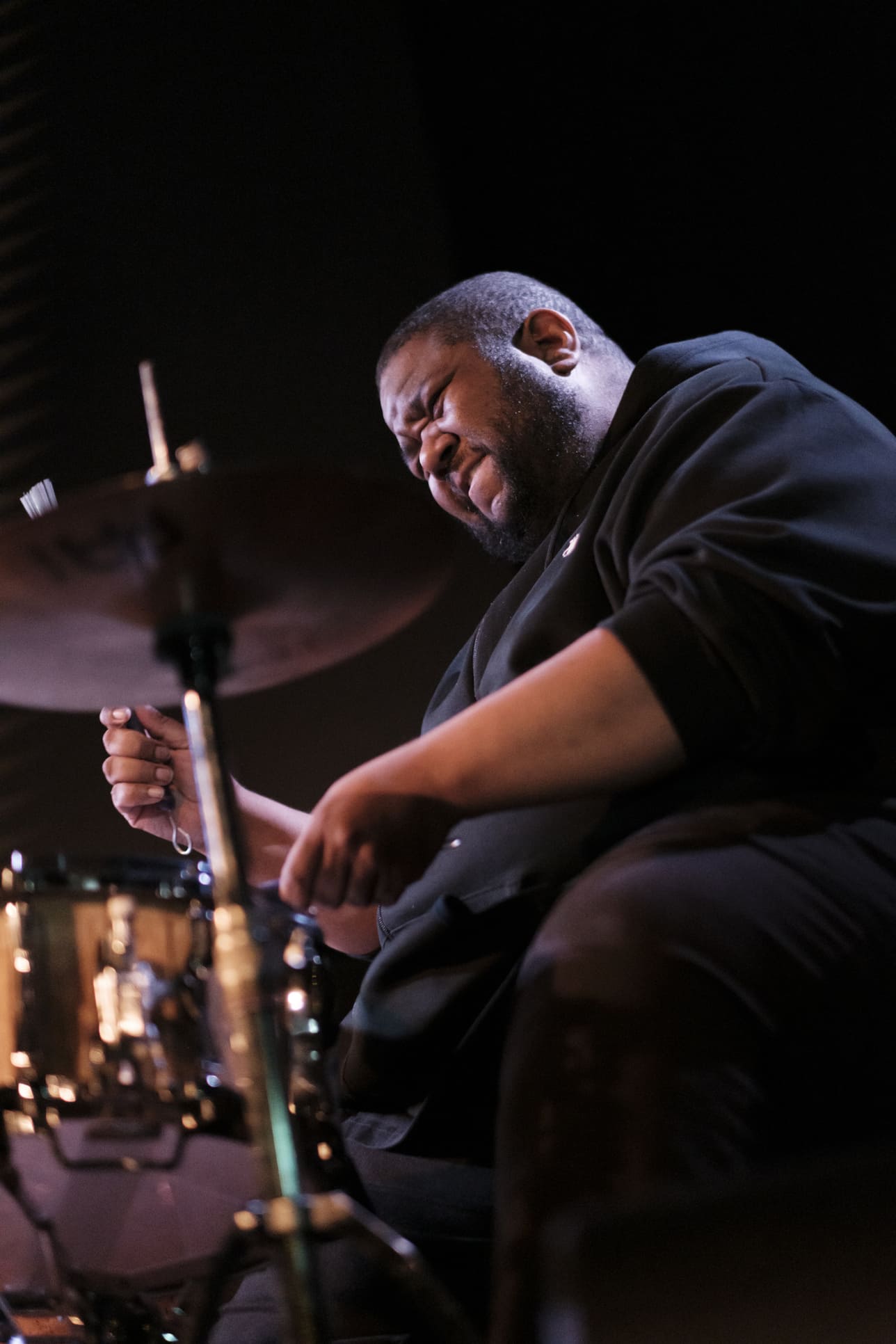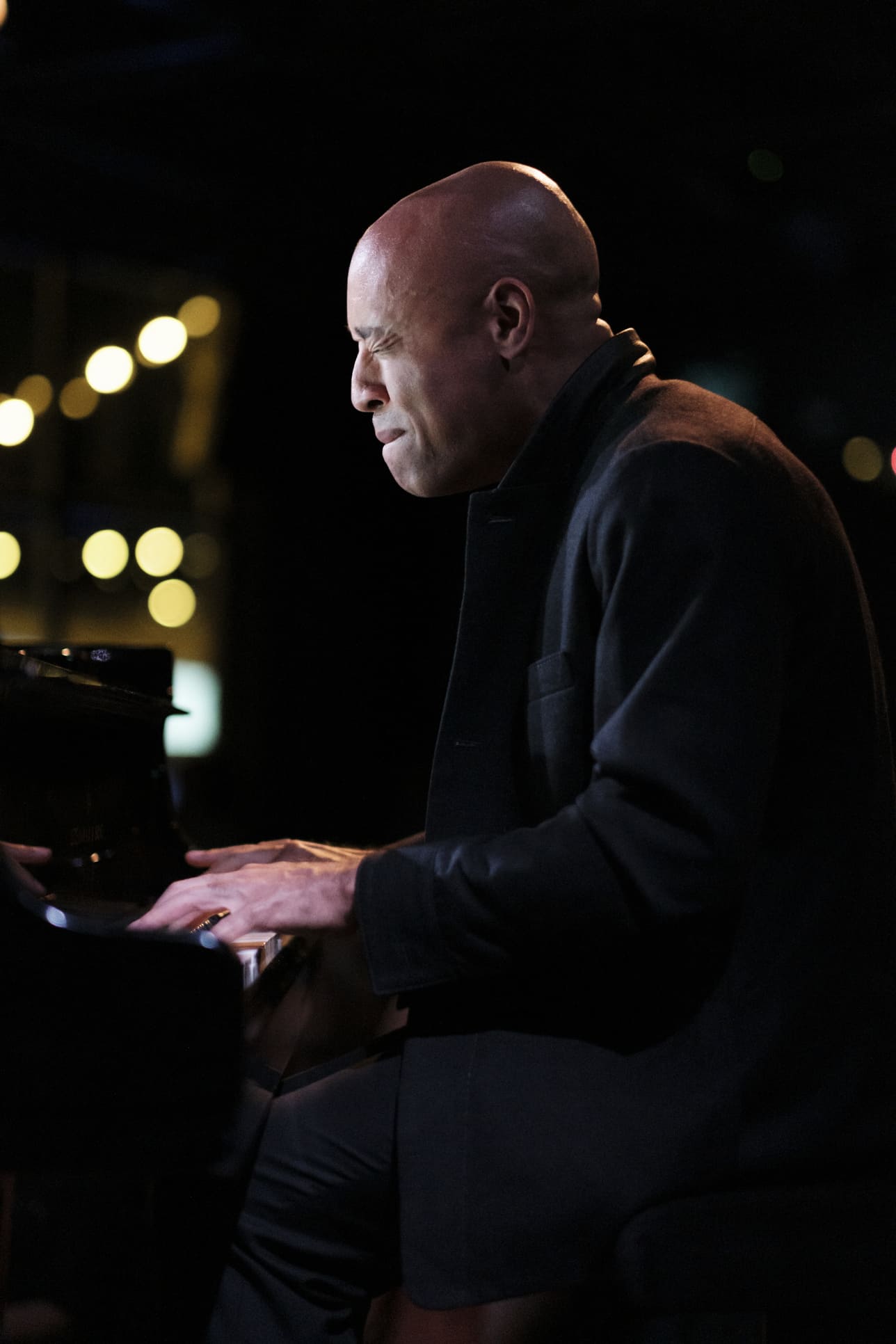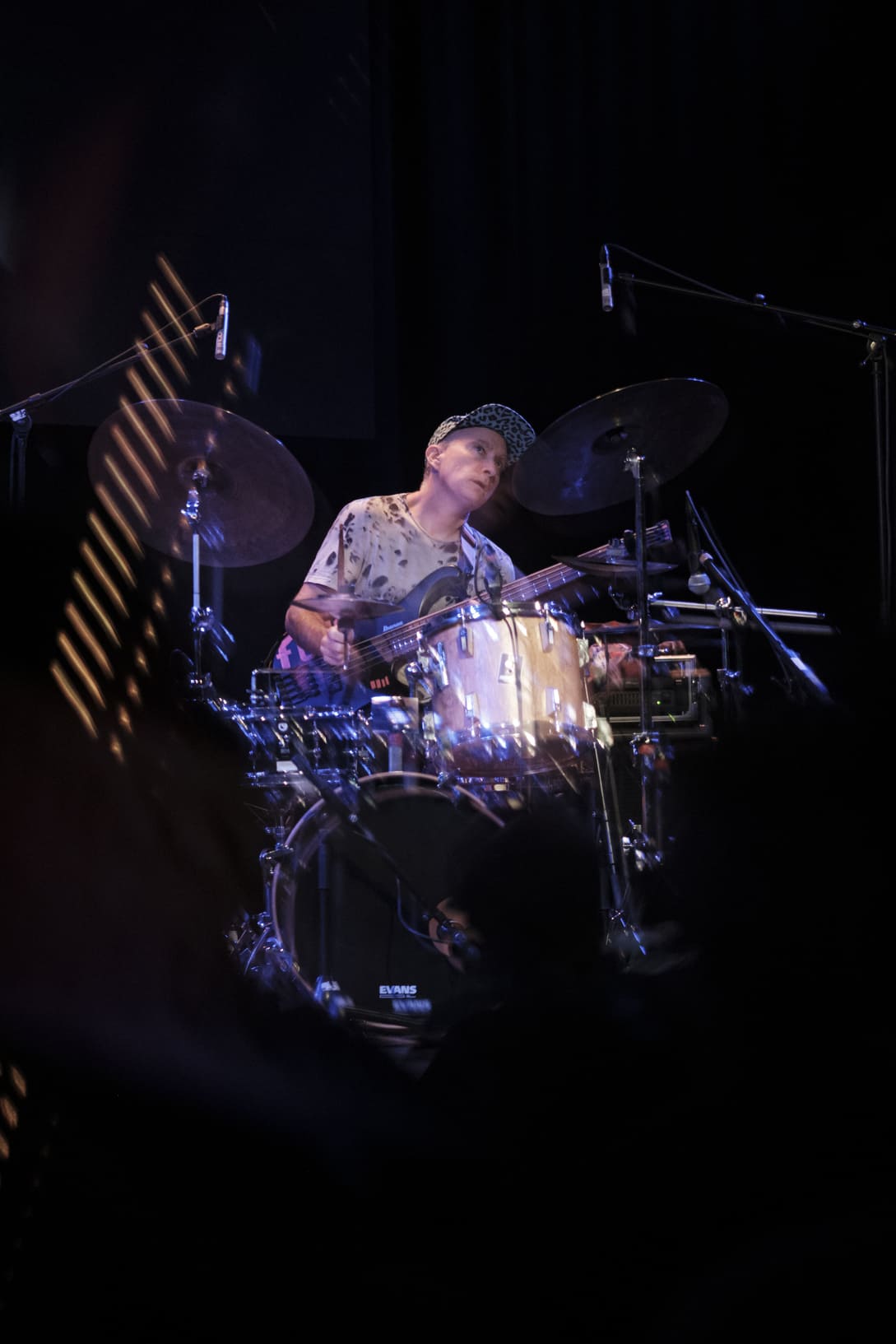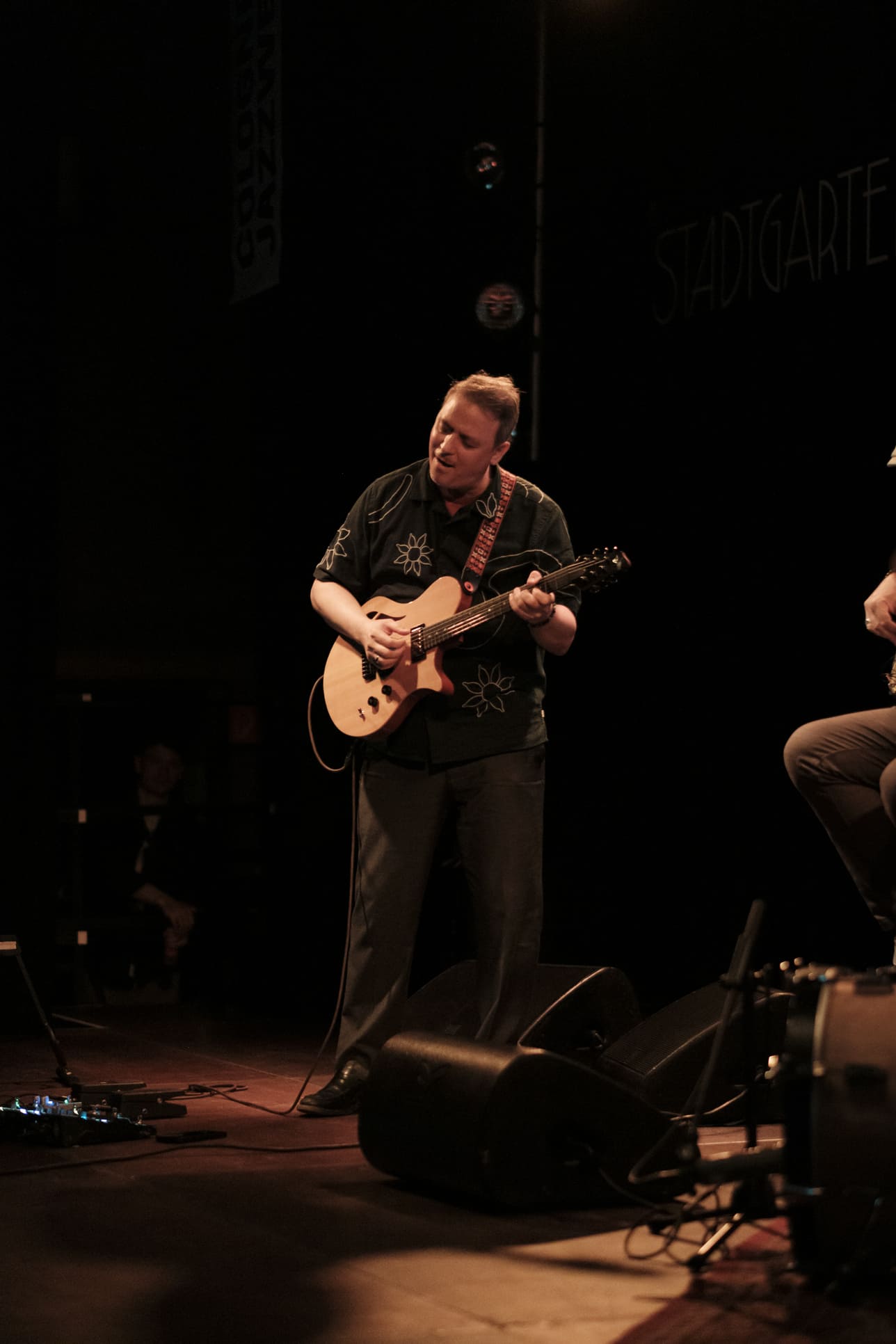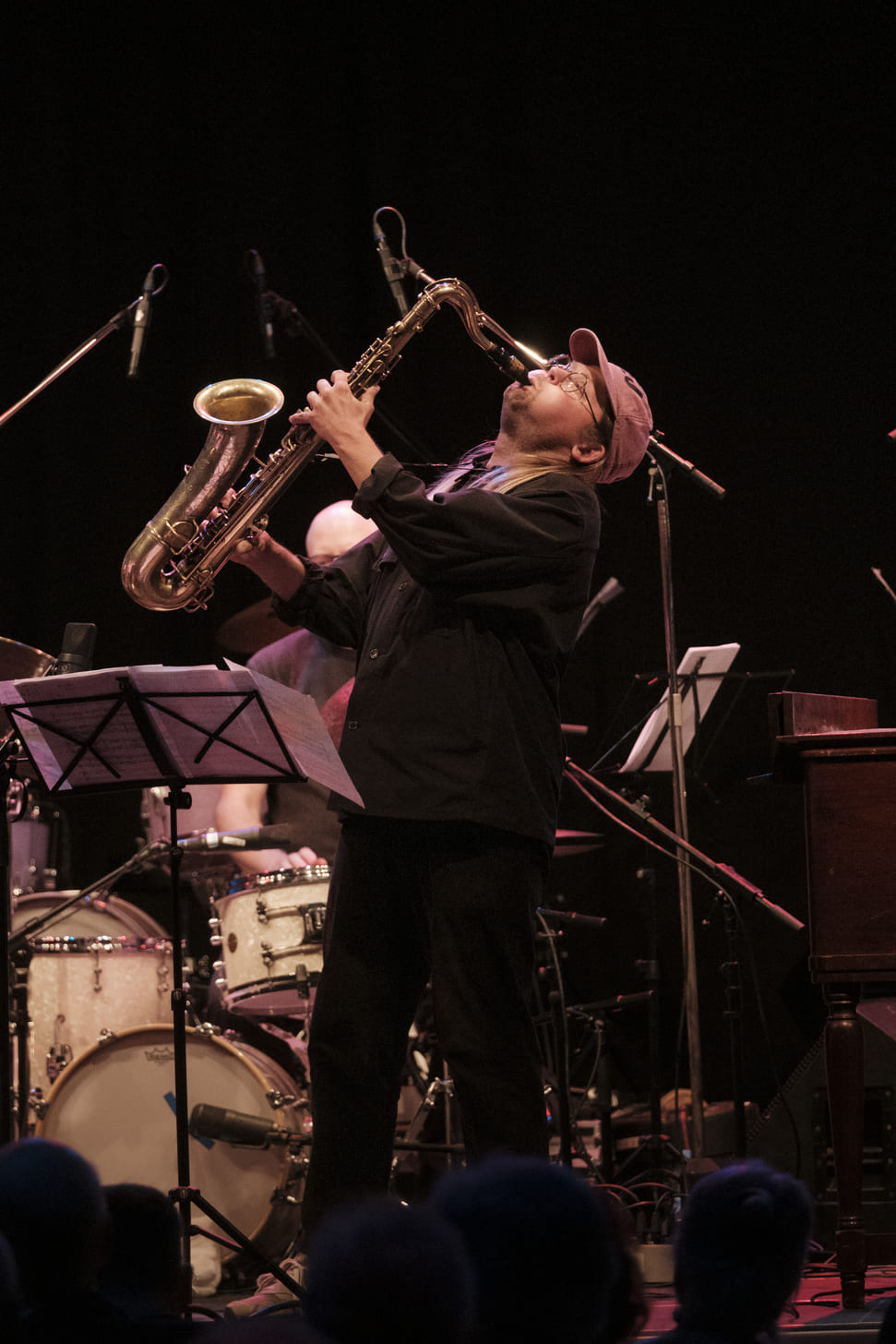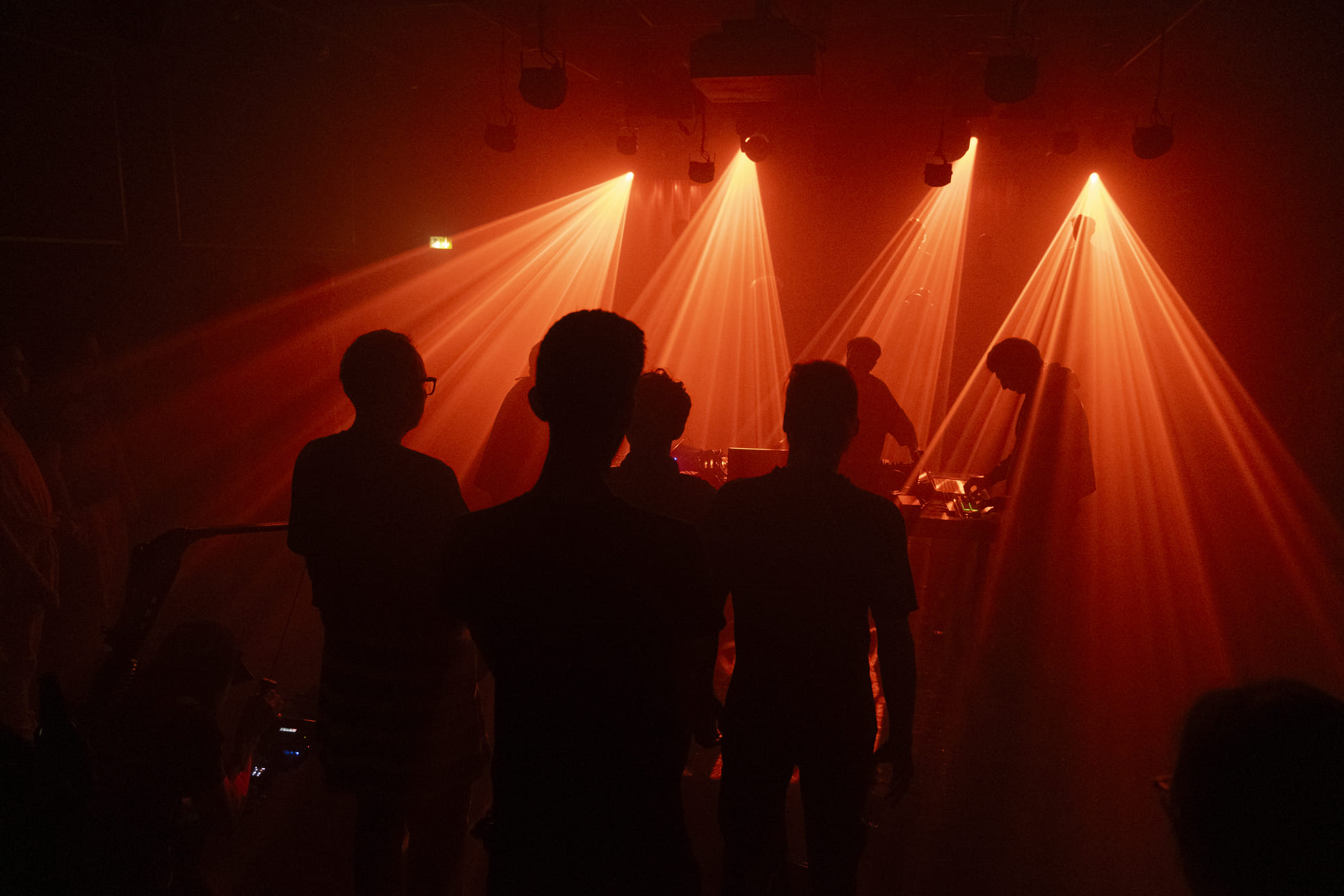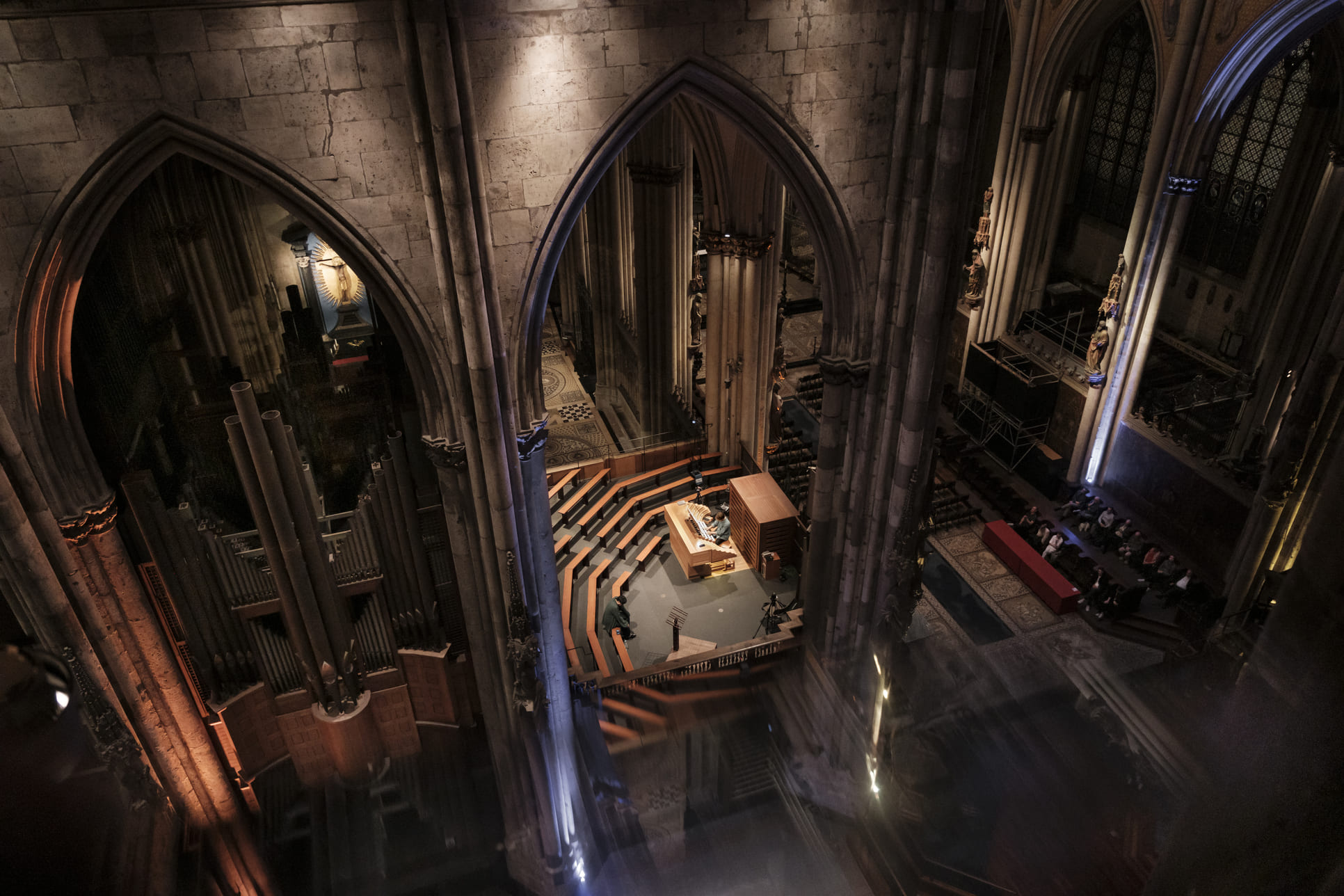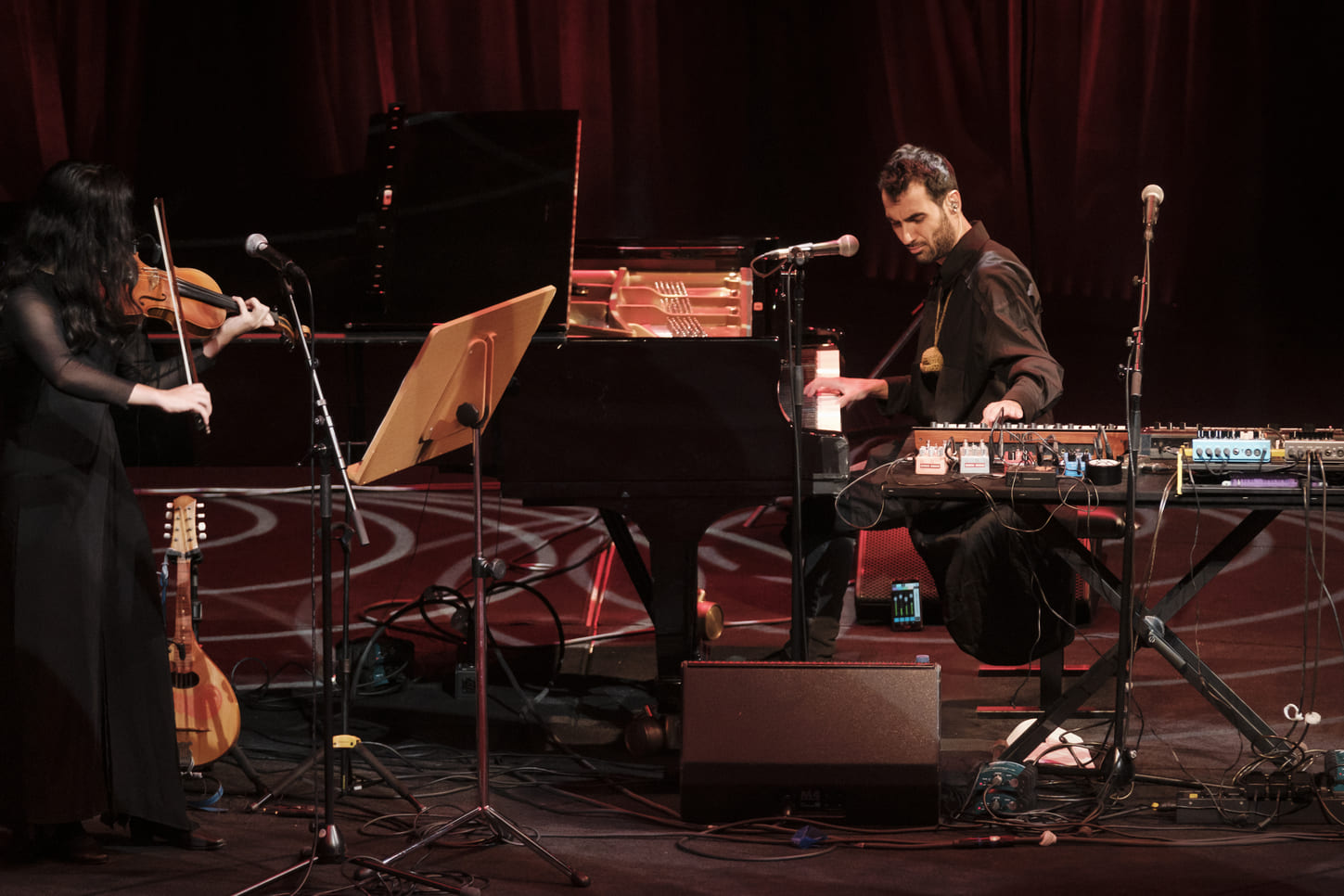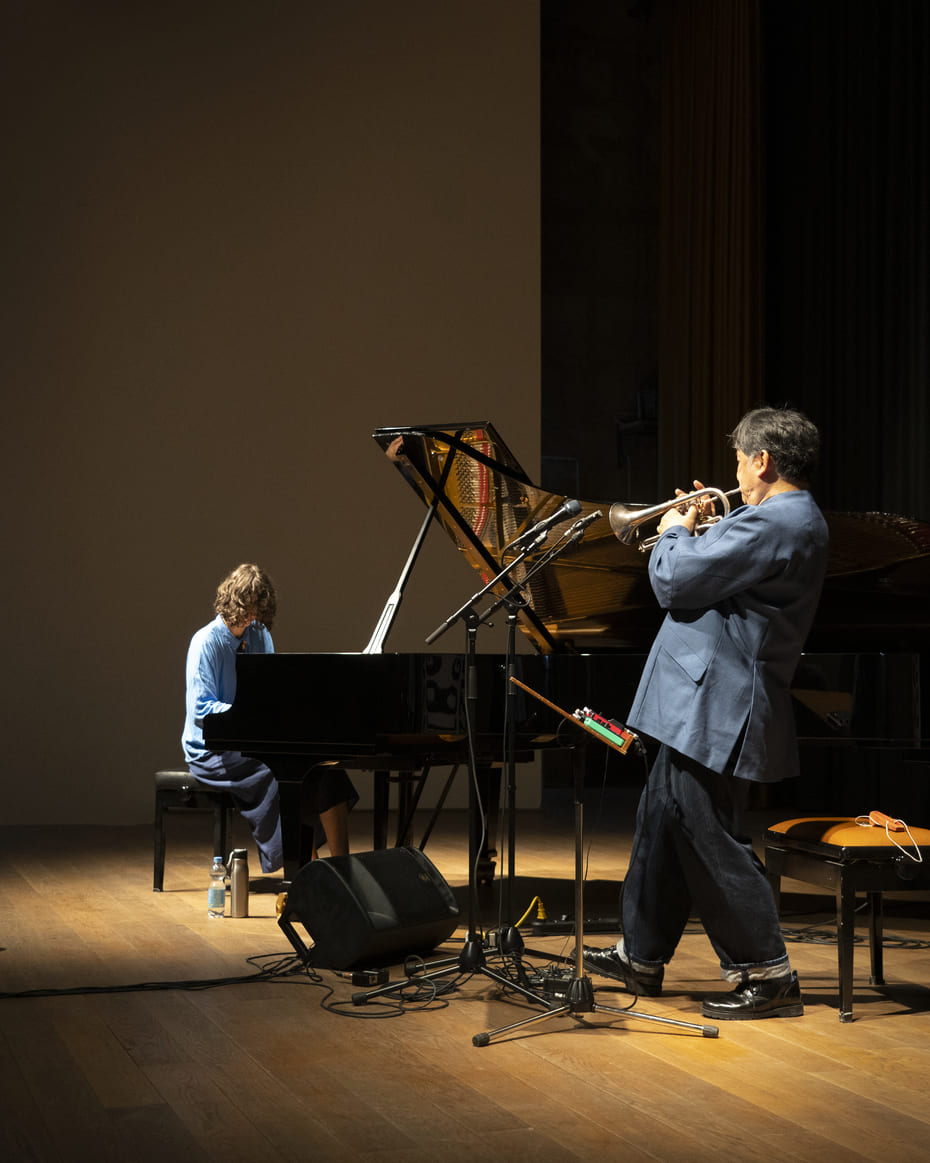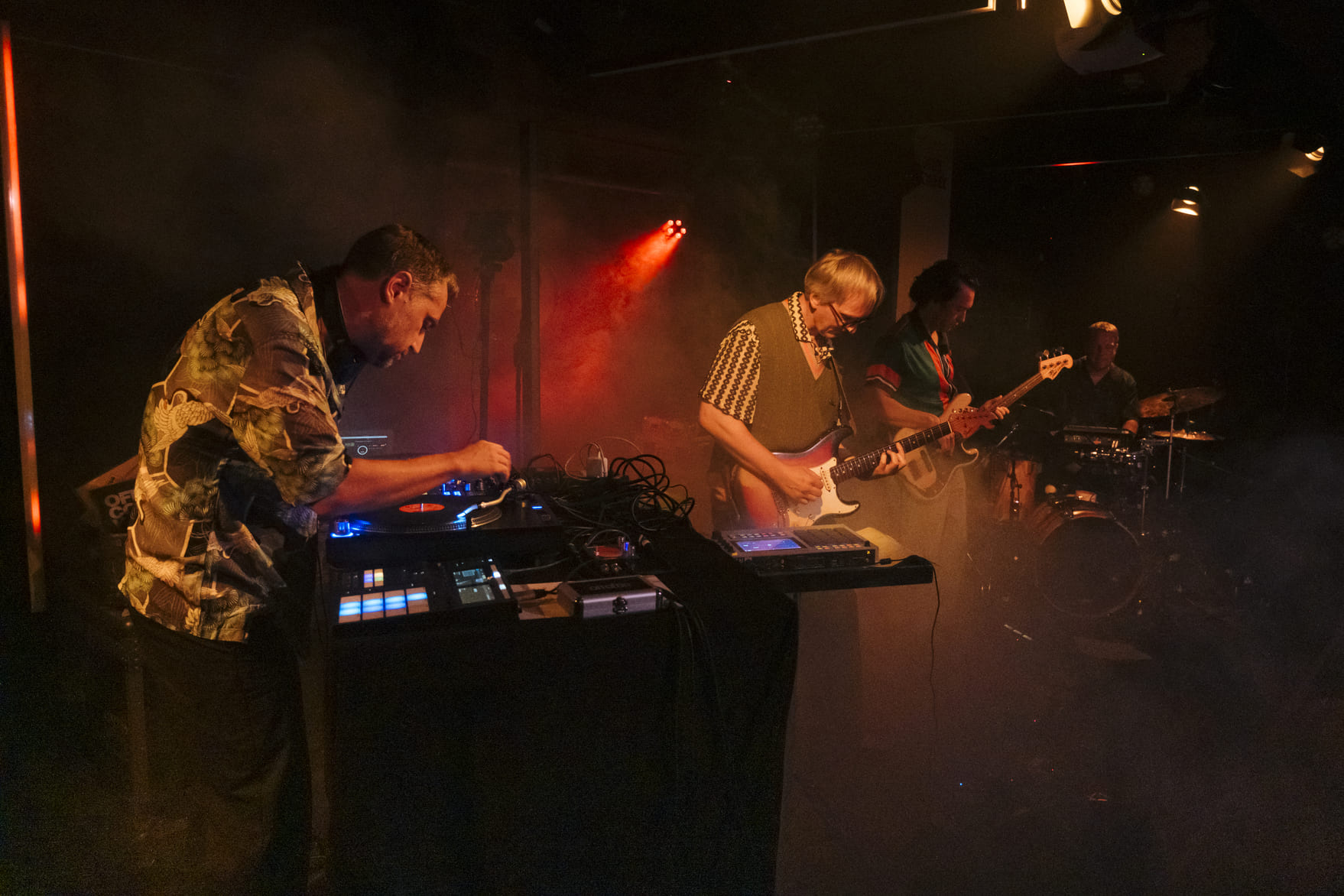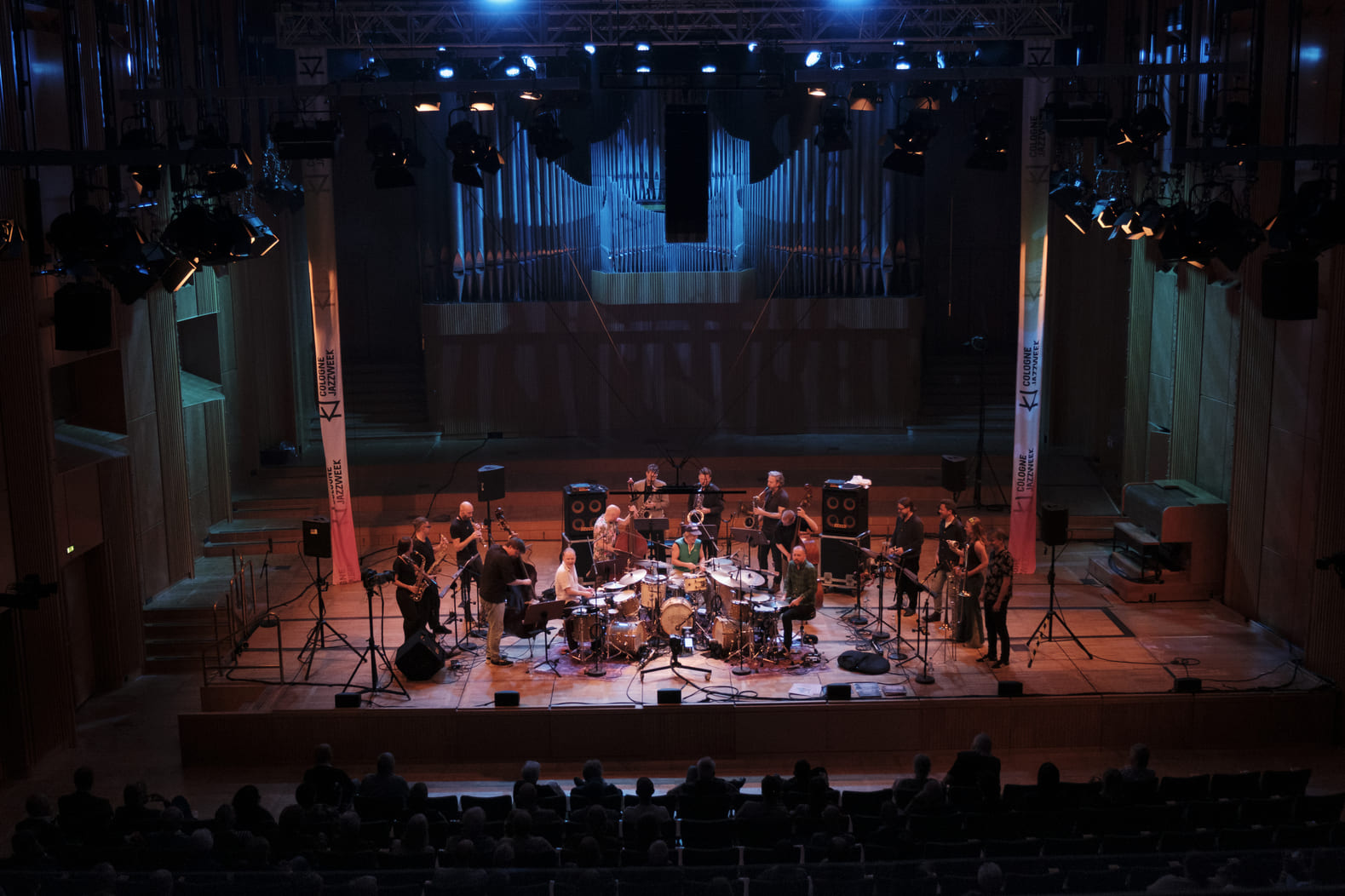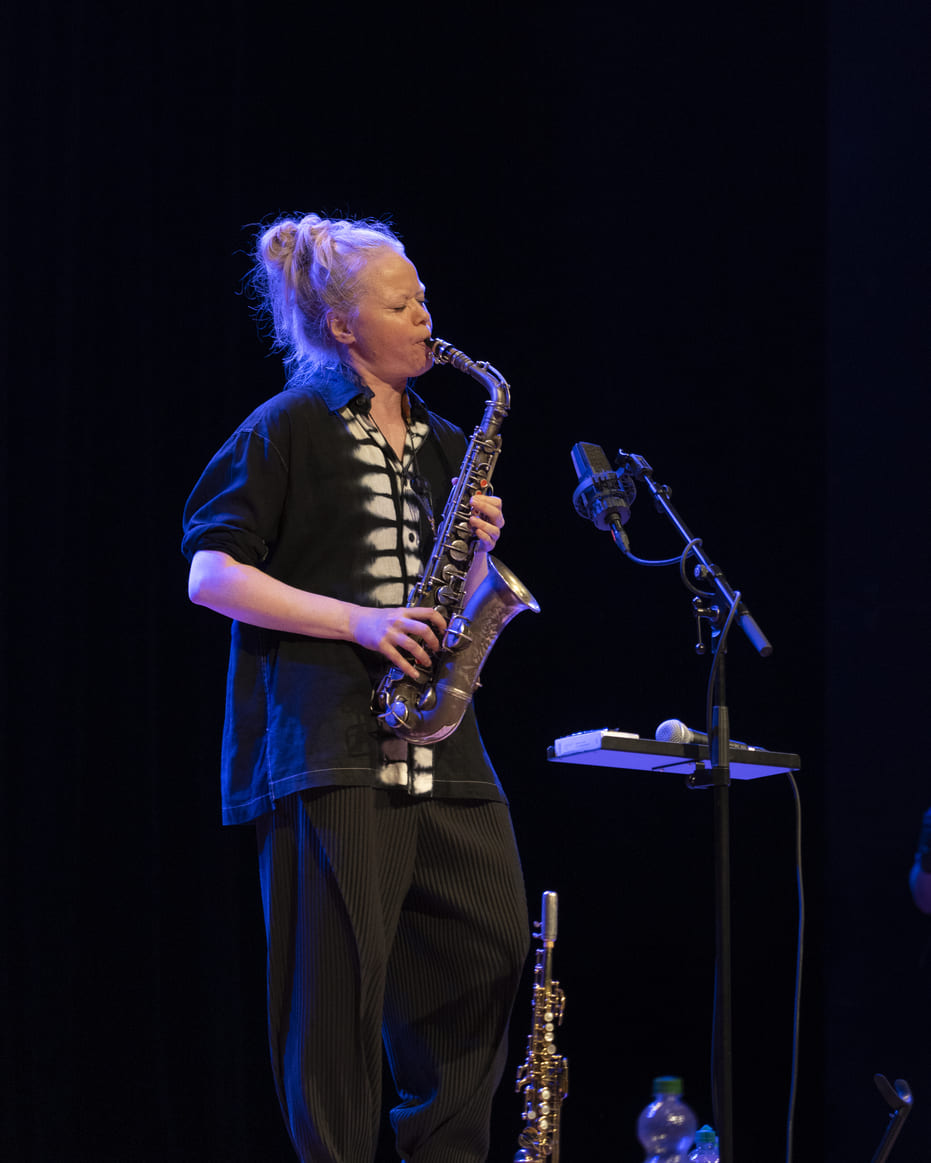
Jeff Williams – Interview
JEFF WILLIAMS
Interview
After enjoying his performances at Café Central and Jimmy Glass, Jeff Williams granted us a fascinating conversation. In the interview, he shares his vision on music, on performing live and recording in the studio, on the challenges musicians face, and on the role of the audience in live music, among many other topics. Jeff spoke to us with total honesty and openness — something we deeply appreciate.
Here’s the full interview, along with the podcast as always. We hope you enjoy it as much as we did!

Listen to the PODCAST below
In&OutJazz: Thank you, man, for tuning in. It’s a pleasure for us to host you. You met us already through Begoña. We’re an independent journal based in Madrid, but with a lot of collaborators all around the world trying to connect with all you artists out there that are or have been doing great things in your careers. And it’s a pleasure to have you as a very special guest. Because your name and your career and the legends you’ve played with…, I mean, the list is enormous. And man, for us, it’s just an honor to have you with us. So, thank you so much for tuning in.
Jeff Williams: Well, thank you so much for having me.
It’s so great, so great. Before we get into the deep, I’d like to know how you’re doing and what are you up to, what’s in the pot for the summer? How are you feeling?
Well, just coming off of that rather lengthy tour, many hours in the car, long drives. It was really fun. So, I’m going to New York shortly, and I’ll be there for a while. Not doing much, just kind of cooling it until the fall, and then things pick up again.
Nice, man. Sounds cool. Sounds interesting. Do you like the environment in New York? Is it a city you like to stay at?
Yeah, I mean, it’s the place I’ve been more than any other place in my life, so it’s still home. Yeah, and I love Lisbon, too. And in a way, it’s kind of ridiculous to leave Lisbon in the middle of the summer and go to New York, but it’s largely because of my wife. She likes to go to New York, and she has a tennis partner, and they play every summer, and she looks forward to that, and they play four times a week. And so, if I want to see her, I have to go there. And we’ve been away from each other quite a bit in the last six months.
It’s good to make time for that.
It’s good, too. And there’s a lot of stuff happening, you know, a lot of music to hear, and getting together with friends and playing. I don’t really have any gigs, but we get together and have sessions and catch up with what everybody’s doing, you know.
That’s awesome, man.
I’m looking forward to that.
That’s what really builds our hearts and our souls.
Exactly, yes.
It’s not just touring, you know. I mean, I’m glad that you’re going to have your time with your loved ones and, you know, just hanging around in the best sense. That’s cool, man. I’m happy for that. It’s been a couple of weeks now, but how did you enjoy joining Luis Nacht’s trio with Leo Genovese, also here at the Café Central?
Well, the gig in Madrid was amazing because Leo was with us, and that brought us up several notches, I think. And the music was amazing, and the audience was amazing, and the whole environment. It was really hot in every sense.
That’s cool.
We managed to hit the heat wave in Spain, for sure.
I know, man. It’s crazy here, especially in Madrid, you know. It’s a dry, dry weather in summer, so it’s always kind of…
It was shocking.
It’s like a heavy, you know, feeling, sensation. It’s kind of ridiculous. But music stands above all these, you know…
It’s true, yeah. Well, in addition to Madrid, we really had a lot of fun in the various places we went.
You guys were at Valencia, right, or not?
Yeah, yeah. And Jimmy Glass is always fun. It was packed there, the audience was great.
It’s a very warm place, yeah. It’s very nice. So glad, man. What’s the thing you, if there’s anything, that you learned most from your days here in Spain? And especially in music terms, you know, playing with these guys. What would the thing that you would go “man, I feel like I learned these two things”, or “I just kept learning, whatever”. I mean, just a couple of things.
I always keep learning. And also, we recorded, before Valencia. That’s always a learning experience, too. Because we had played the music a bit, and then suddenly you’re in the studio, and it’s just you and the engineer. And you don’t have the help of the audience interacting with you. So how do you generate the energy, the vibe of the live situation? And we did. We did. And if anything, because we had recorded at the same studio before, the recording that… We were supposed to have CDs to sell. And I guess the person making them thought it was July and not June. So, we didn’t have them with us. I don’t know if you have one. But the difference between that recording and what we just did is quite noticeable, just in terms of energy. And the way the trio has figured out how we relate to each other musically. So, there was that. I mean, what I learned is that I have a short temper when it comes to bad equipment and bad situations.
I get it, man.
We had one where I was relegated to playing a very large rock set with the black dotted heads.
Oh, black dotted heads, man.
It might have been a 24’’, I’m not sure.
Oh, shit.
Yeah. And so, it was not in a very good working order either. And I kind of lost it. And generally, I’m pretty open. Well, I’ll tune the drums, I’ll make them work. But sometimes they won’t work, no matter what you do. And it was just kind of embarrassing, really.
Whereas, not to anyone else. And so, I kind of snapped a little bit there. And so, I have to learn to be more accepting, I think. I’m a little bit spoiled, because in the old days, we traveled with our own drums. That was not easy, but you could get them on a plane. As long as you, you know, maybe one of the musicians would carry your snare drum or something. You know, you figured out how to do it. Because places you would go, they didn’t really have drum sets, or they had terrible equipment. And these days, most people have good equipment, most of the clubs. But every once in a while, you might run into something that it’s not… Just got to work with it, you know?
Right.
So, I learned something about my threshold of tolerance.
Oh, man. That’s deep.
Not as high as it should be, you know?
That’s deep. I feel like we’re all always searching to be humbler in these situations. But still, it’s good to have, as you were mentioning, a threshold, you know, it’s good to be a little aware about these things and, you know, make your point when you have to. But it’s nice that you’re still open to learn these things which have to do with life in general, not just music. So, it’s nice, man.
Absolutely, yeah. And you get older, you get cranky, too, you know? Got to watch out.

Yeah. And, yeah, that applies to us all. So, it’s good to hear yourself trying to take care of these things, man.
You were talking about the audience’s interaction during your gigs and stuff. How do you understand the role of the audience? How’s your interaction with them? How’s your relationship with the audience? How do you feel their vibes? Is it something you rely on? Is it something you don’t really think about that much? Is it something you’re always expecting to connect with? How’s your relationship with the audience?
Well, when I’m playing, I’m not thinking, right? So, you know, that’s something I learned a long time ago, because you can’t do both. So, there’s a kind of place that I go to where I’m just receiving the music. And in doing so, it’s telling me what to play.
Wow.
And it’s not as if I play with my eyes closed because I want to maintain contact with the people I’m playing with, but also the audience. You know, I’ll look out, but I’m not having thoughts. I’m not saying, “oh, I wonder, oh, there’s somebody over there, I wonder what they think or if they like it or whatever”. It’s more something you can feel. And one of the things, you know, that’s an old adage, if people are not tapping their feet, then you’re not doing your job. You know? If they’re not getting the rhythm.
Right.
And then, as was the case at Café Central in Madrid, the audience, well, we had a lot of friends there. So, I think we had people… Because the staff, the waiters and so on, just loved what we were doing and said, you know, “we never hear music like this”. It just kept going higher and higher and higher. And meanwhile, our friends were cheering. And so, the people that maybe came in expecting something more sedate were swept along with it. And so, they were caught up in the wave of enjoyment that our friends were having. And as a result, we were getting this sort of wave of give and take with the audience that was spurring us on, you know? And you can feel that. And that gives you the “impetus to go higher”, as Sly Stone used to say. And if you look at, I want to take you higher, Sly Stone, that’s what he was saying. He says, give me more. And together, we can go higher with this, you know?
Cool, man. That’s so cool. Sounds amazing trying to connect with people in a way where they also write the music in that moment, they also conceive it. It’s nice.
It’s also, I mean, it’s entertainment, right? People used to understand this a little bit more. Like a lot of jazz these days is…, we’re playing this and take it or leave it. And we don’t care if you don’t like it. Maybe not that, but we hope you like it. But we’re not necessarily trying to get you to go along with it.
Right. Yeah.
That’s not really saying it right. But there used to be in jazz more of a, if we think of Dizzy Gillespie and his antics or Louis Armstrong or Cannonball Adderley, for example, they were all very good at engaging the audience in various ways so that they were brought along. There wasn’t that division.
Got it.
Whereas today it’s more like, oh, it’s a concert. It’s more of a concert feeling even in a club sometimes.
Interesting.
Because growing up as I did in the 60s when my mother was a singer in New York and my parents had separated and I would go there and spend time with her there, which is really how I learned everything and met and saw everyone at that really important period of time. People would…, they didn’t stop talking. No one was going around shushing them. And they would express their feelings. They would say, “yeah”, “work” or things like that.
Yeah, more natural and organic, right?
It was more natural. And that was also part of the group feeling where you felt the audience was engaged. The audience wasn’t heckling the musicians. They were participating.
Right.
And also people knew how to talk below the music so they didn’t disturb others. It was all very sophisticated. Anyway, you were about to say something.
I’m thankful to hear your statement around these topics. It’s really interesting. Last question, man. I’m really curious to know if you expect anything at all from musicians and more specifically from drummers that are coming up nowadays.
Do I expect anything? Drummers coming up now are incredible. And it’s a whole different way of playing than the way I play or learn to play coming out of a previous period. A lot of it tends to be the same, kind of the same information. But that was true of the Bebop period as well. So, the really important element that was expressed to me long ago was to find your own sound. It is to find your own sound and your own identity musically so that people can tell that it’s you. And that doesn’t mean something crazy necessarily or off the wall. But I’m hearing a lot of the same beats and the same sounds coming from the drums.
You would like to hear more like original material, right?
Well, material or…
Phrasing, sound?
Conception! Conception being the individuality that differentiates the player. But I mean, drummers now are, you know, it’s similar to athletics. You know, you think, oh, the four minute mile. That’s amazing. You know, no one can beat that. And so, you have incredible speed, dexterity, polyrhythmic awareness and execution. So, I have no complaints with the young drummers.
We still have hope, right? That’s cool.
It’s beyond hope. I’m amazed.
Yeah, that’s so nice. So nice, man. So nice to hear you. I really thank you for this conversation, Jeff.
It’s my pleasure, yes.
I think it’s very interesting to hear you talk about your conception on music, about all these things you just shared with me and with us and with all our audience. So, thank you so much, man, for tuning in. We hope people can get to know you better. I feel like these little conversations try to, you know, let’s say, make the artist and the audience have a closer connection. And I felt it hearing you right now. So, I really thank you for that.
Let me tell you, if people want some more information about me, they can go to my severely in need of updating website. Just on a graphic level, a stylistic level, it needs work. But there’s a lot of information there.
Totally. We’re going to link your social media and your website to the article and to the interview for sure. So, people can get to know all your craft better. Because it’s an amazing work, what you do. Man, thank you so much again. And have a good day, have a good week, have a good summer, man. And I hope you enjoy. And take care, man. I hope we can see each other soon.
Absolutely. You too, man. Take care.
Hug, man, bye bye.


By José Cabello
October 7th, 2025

